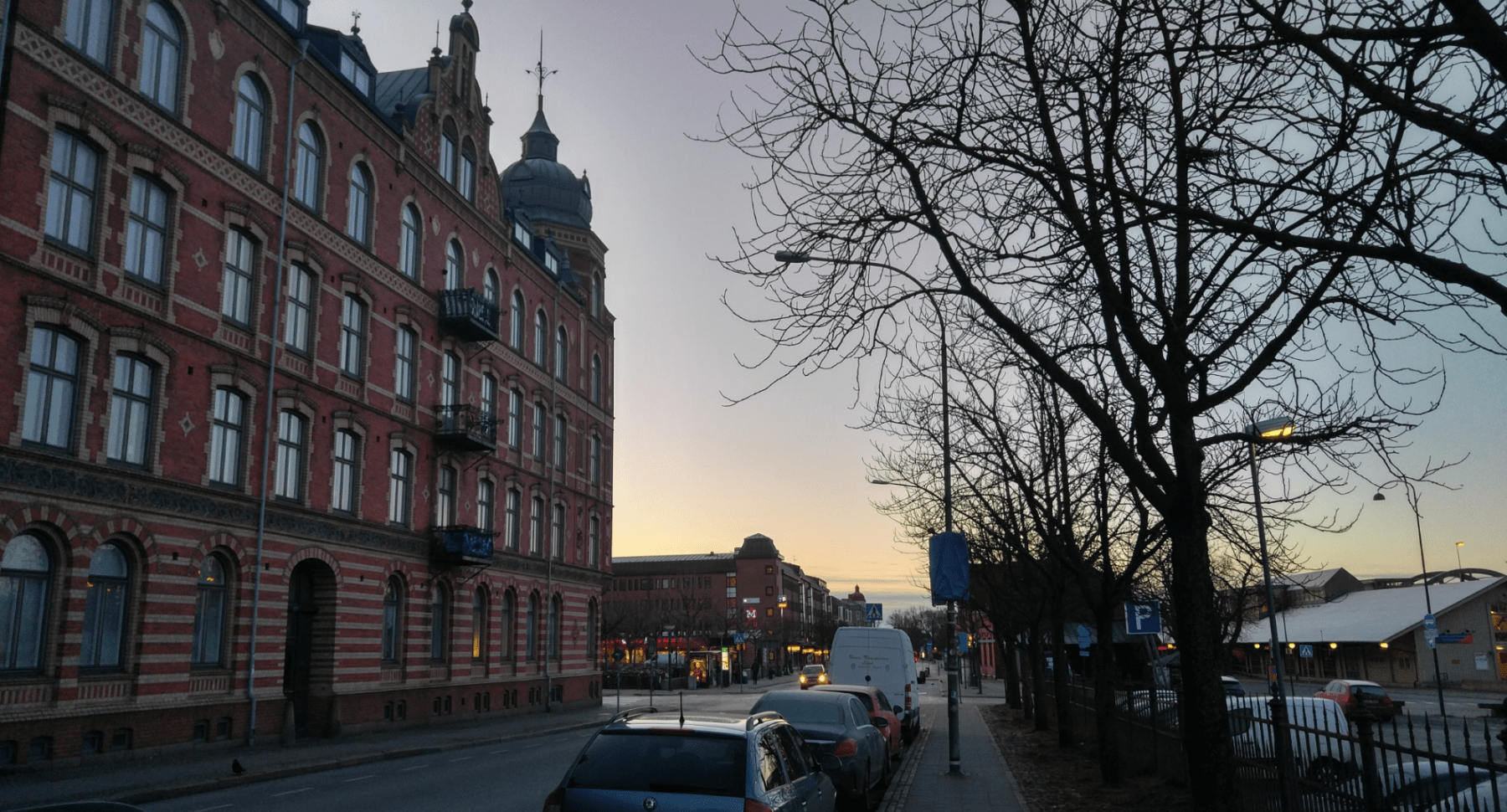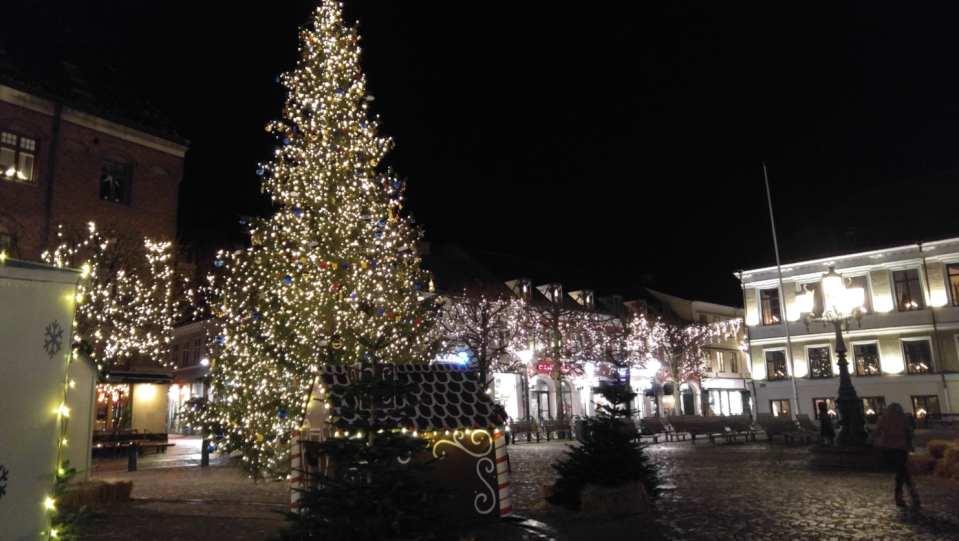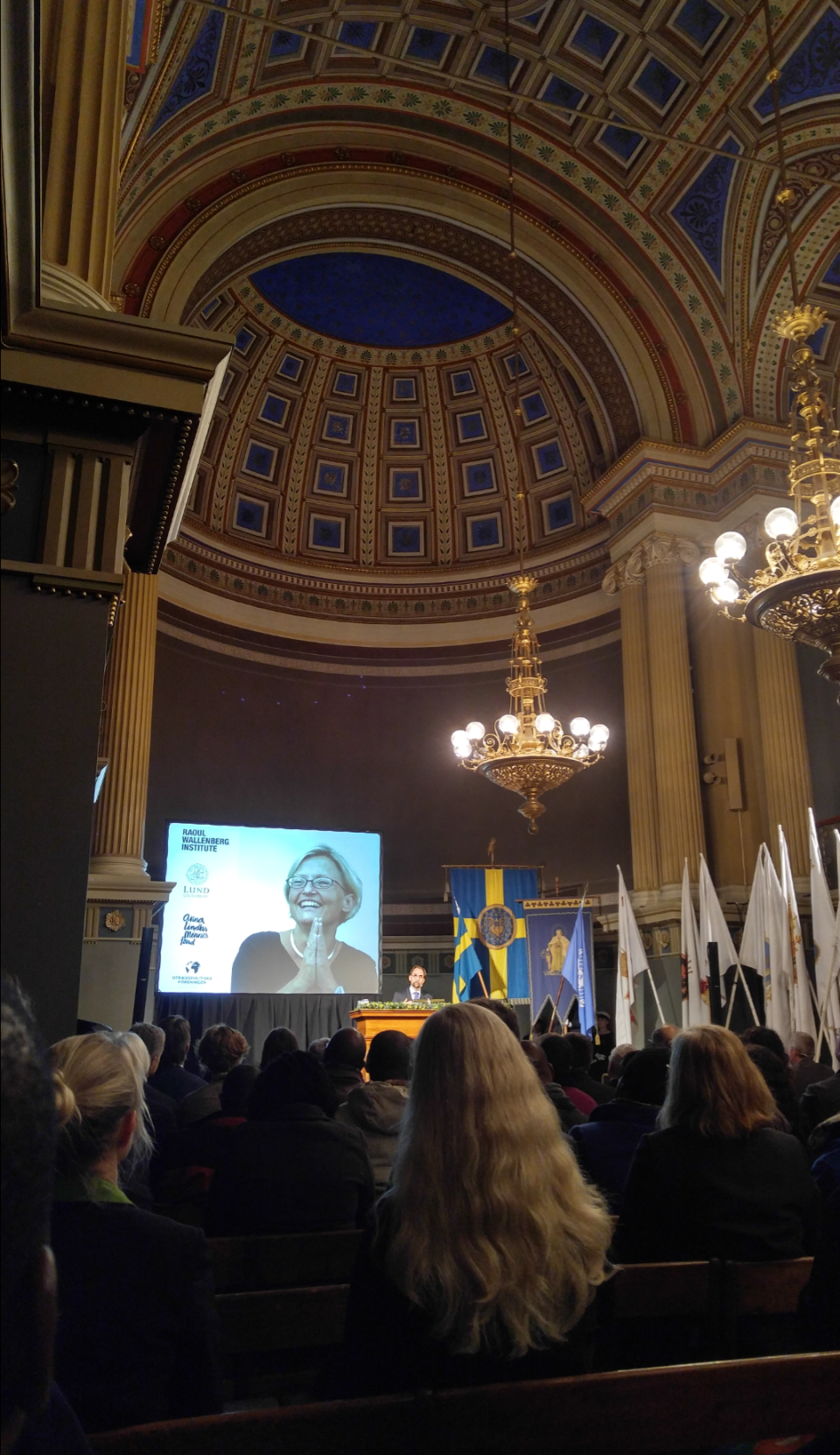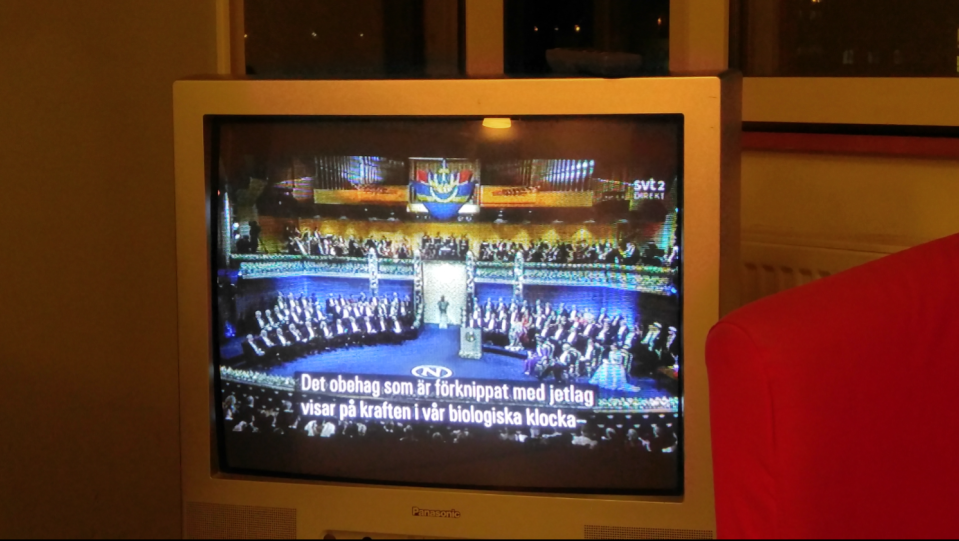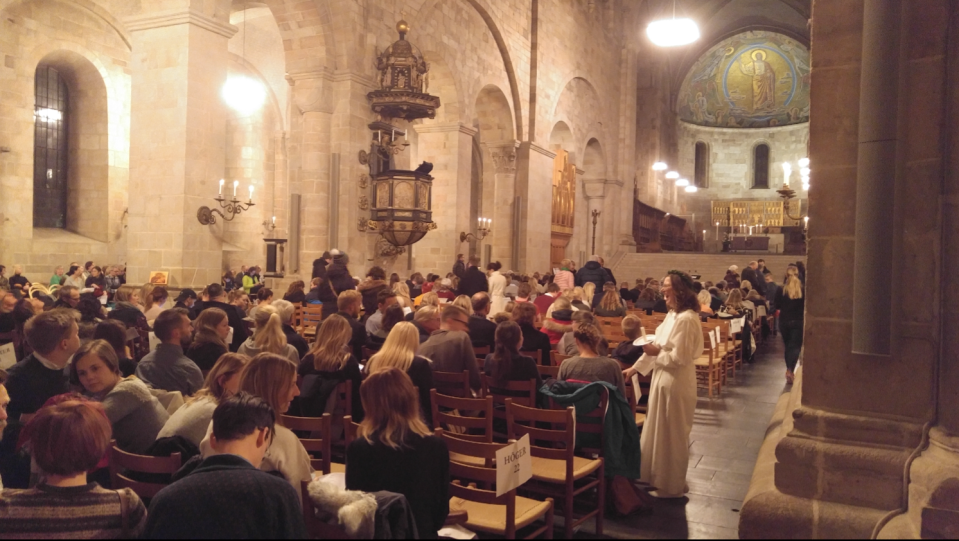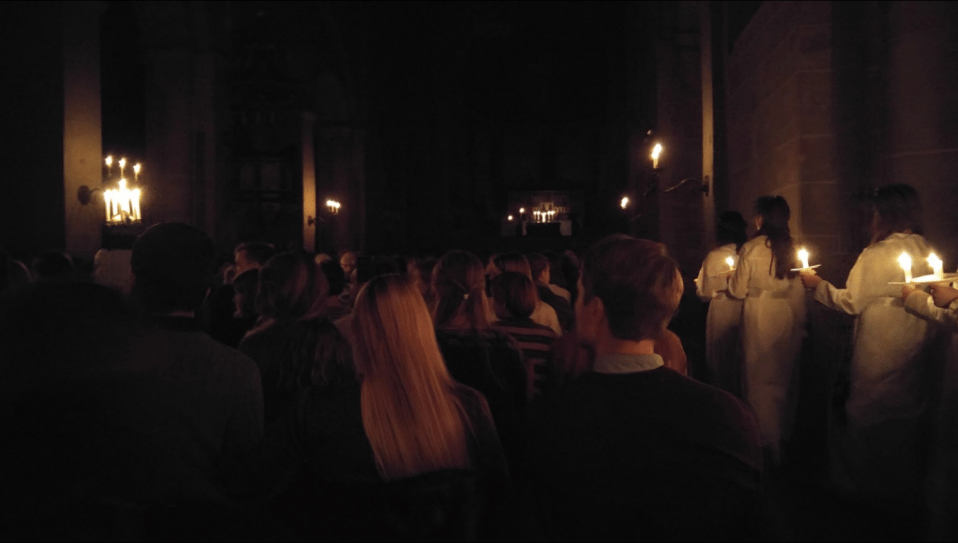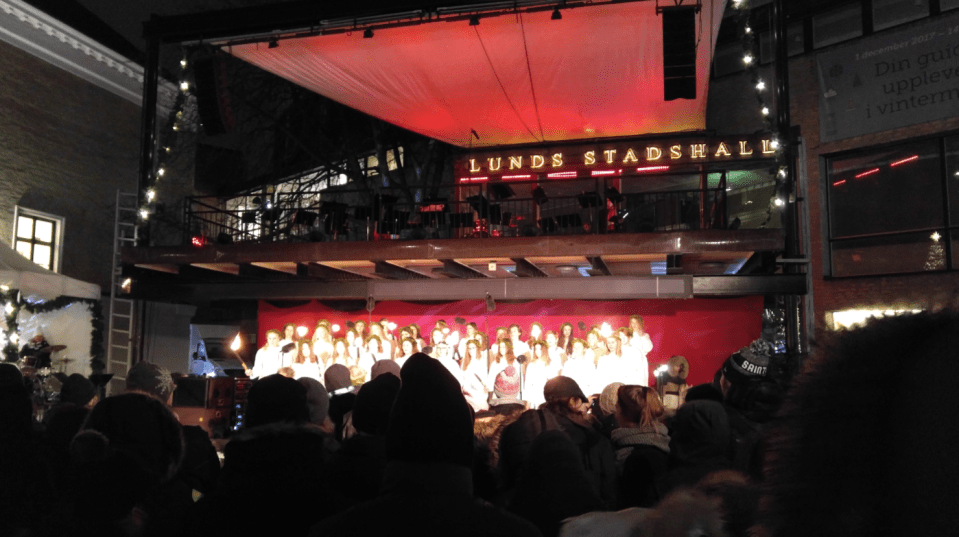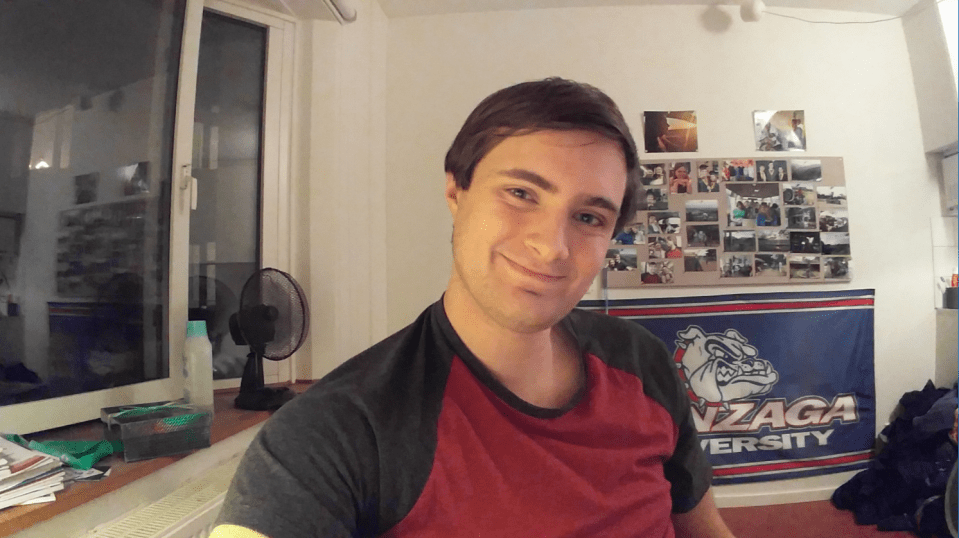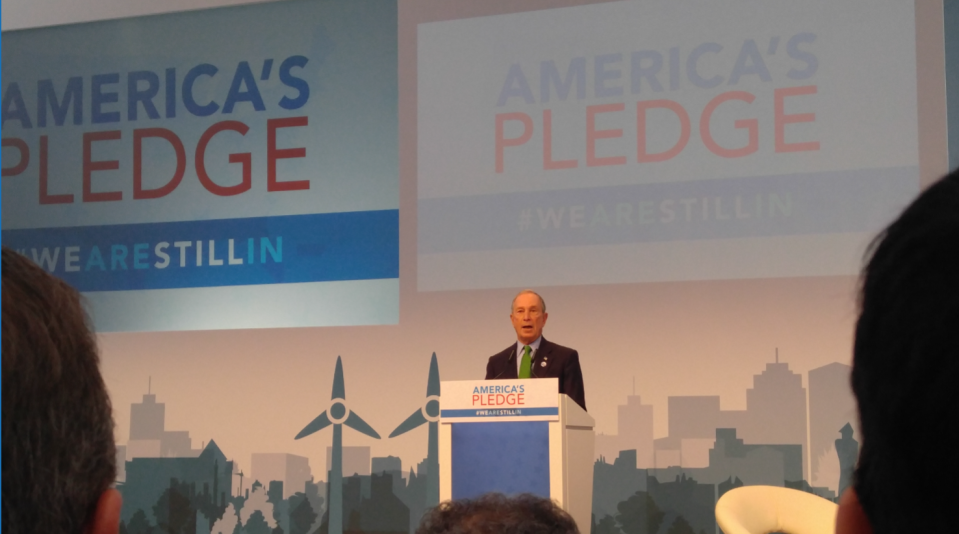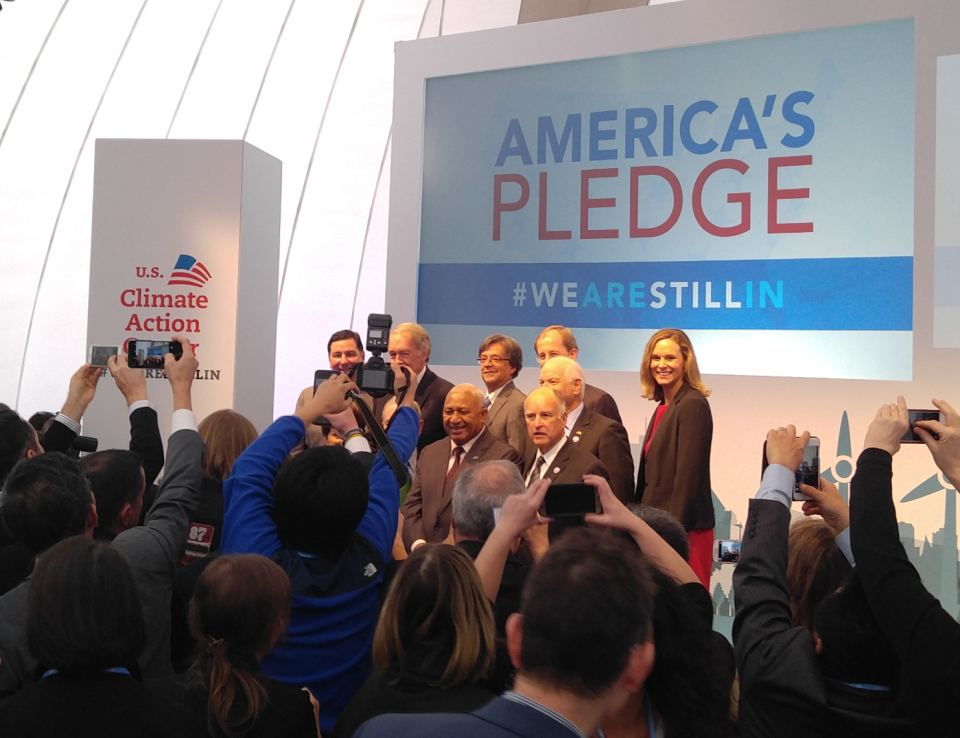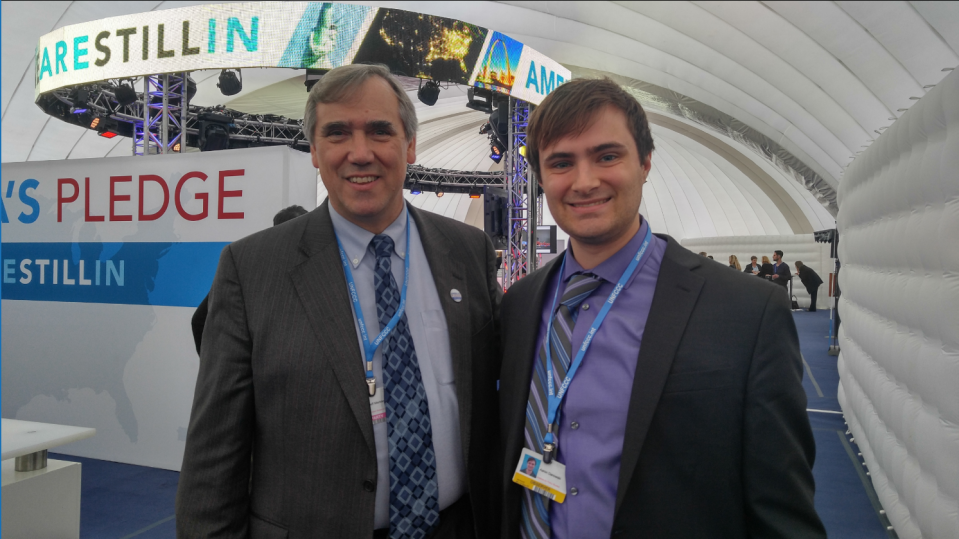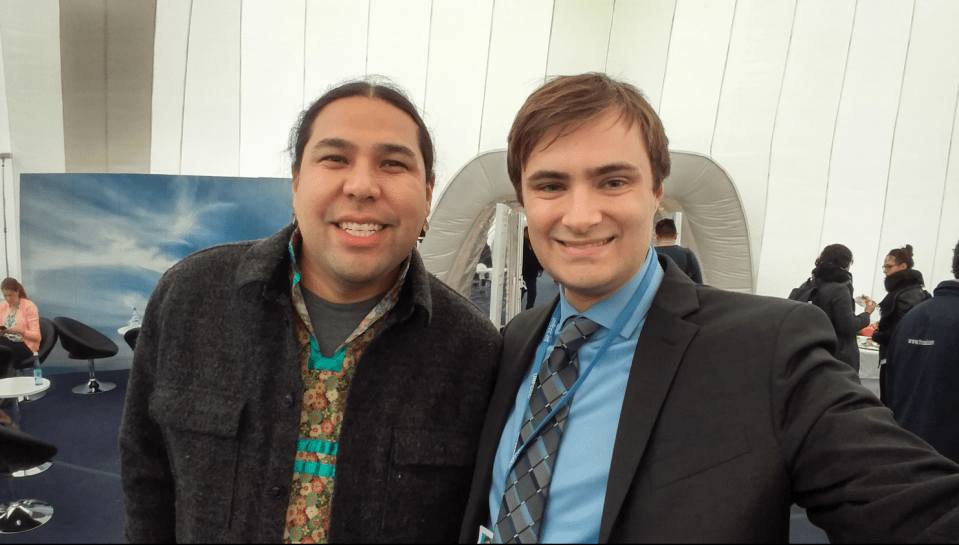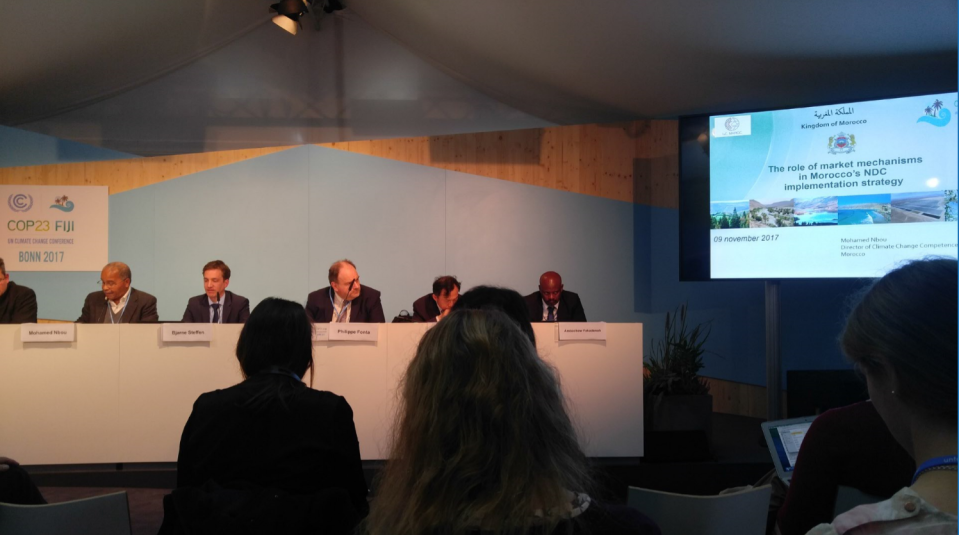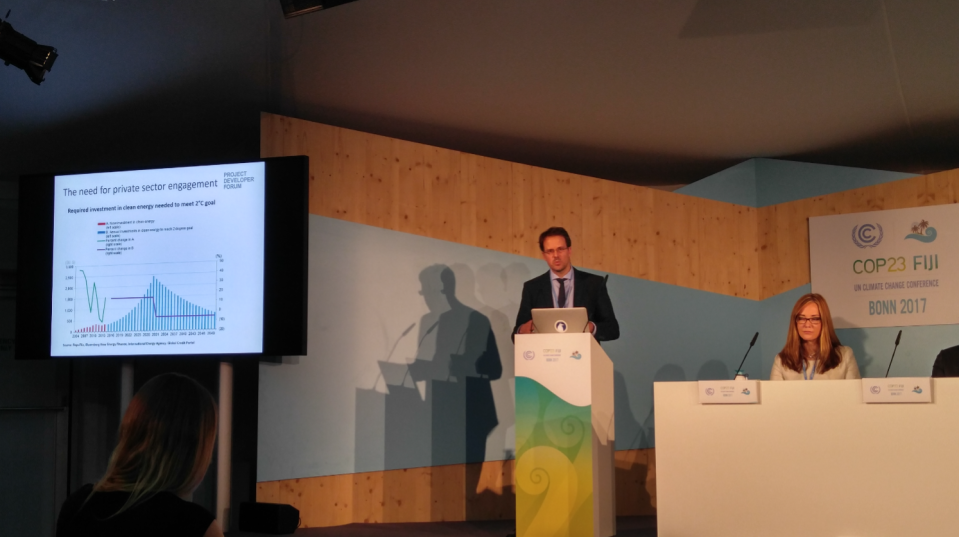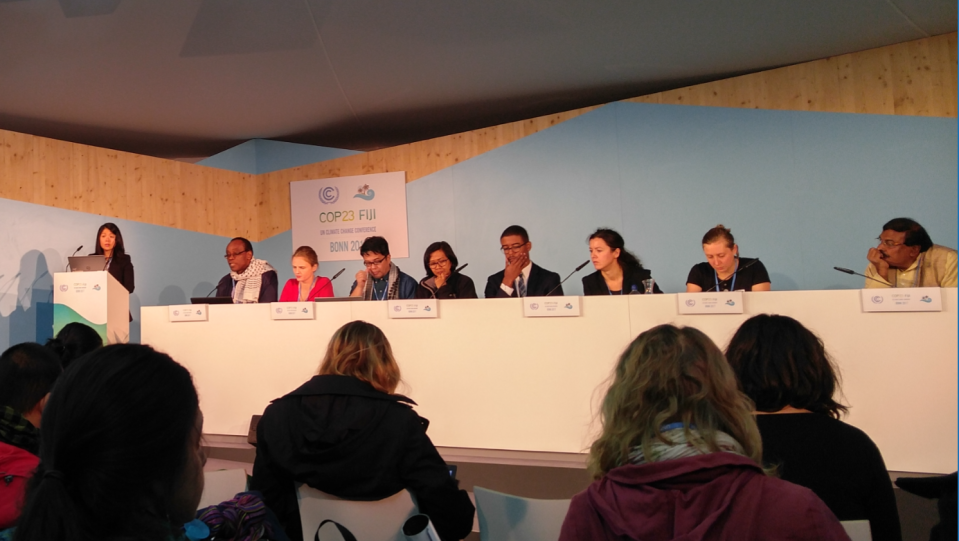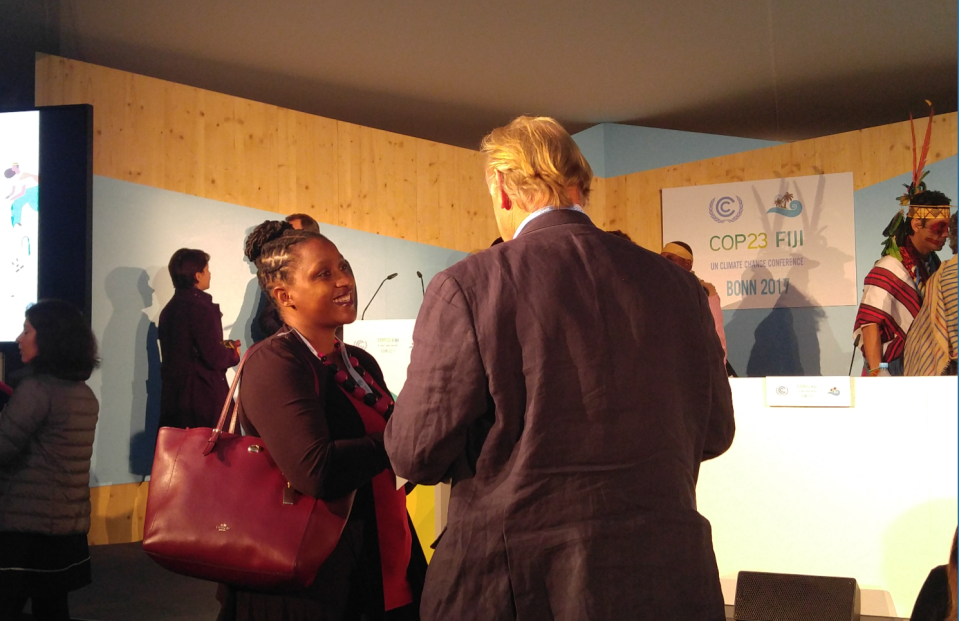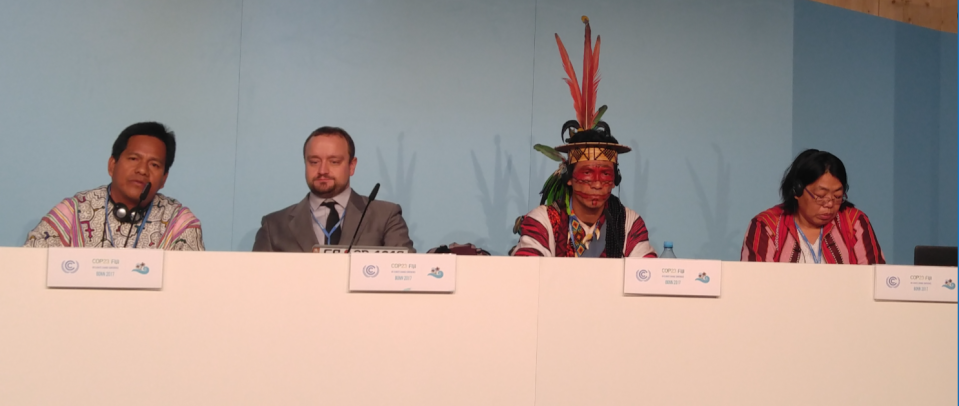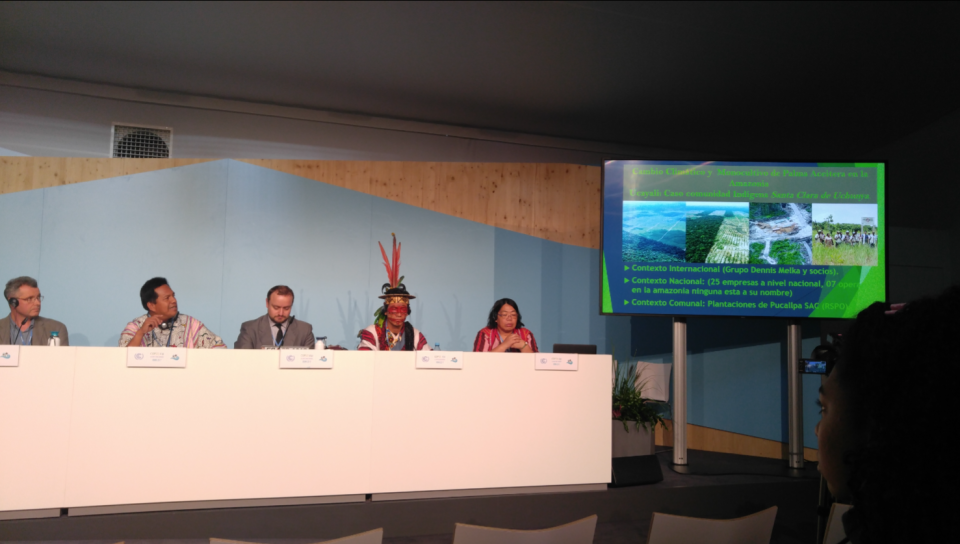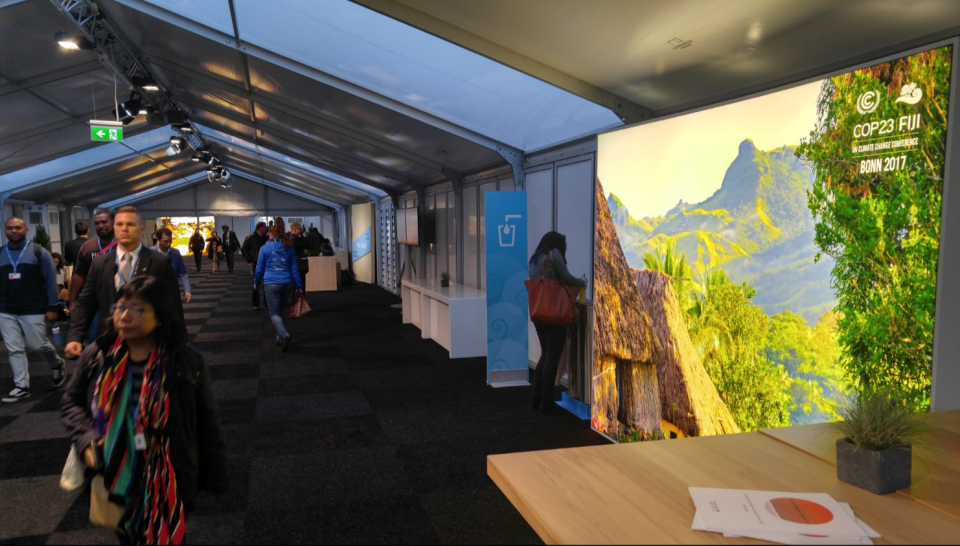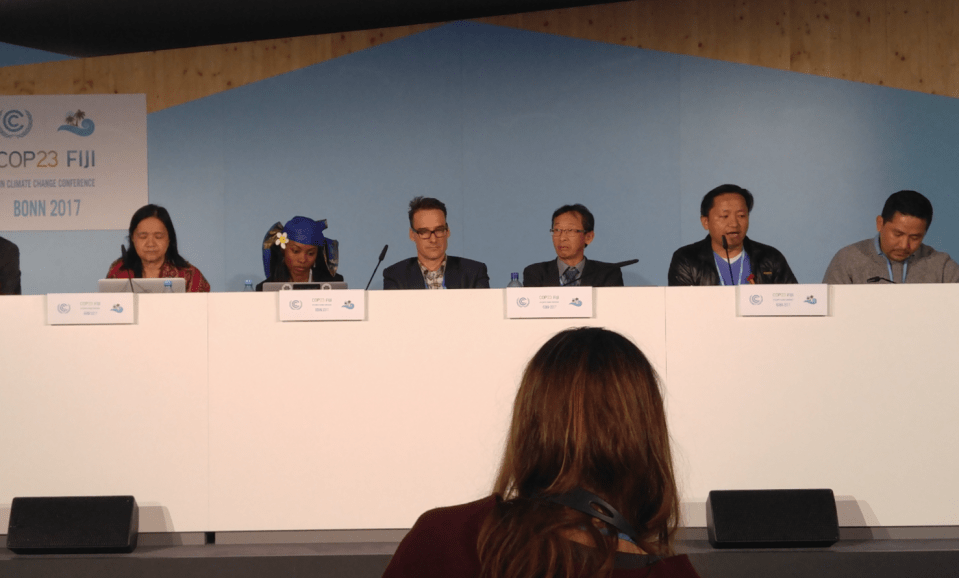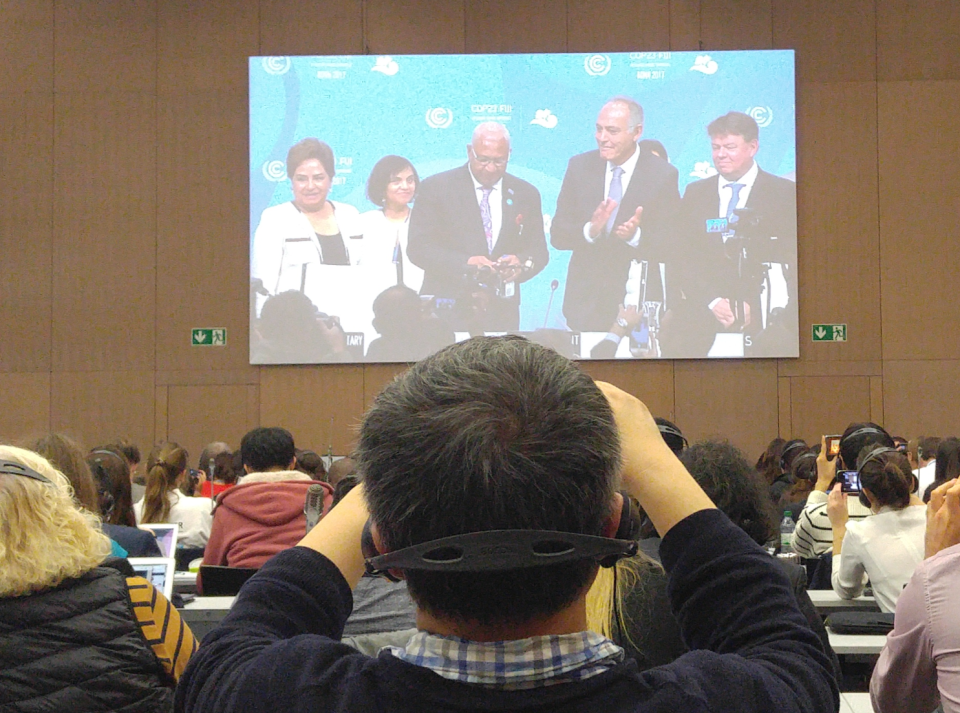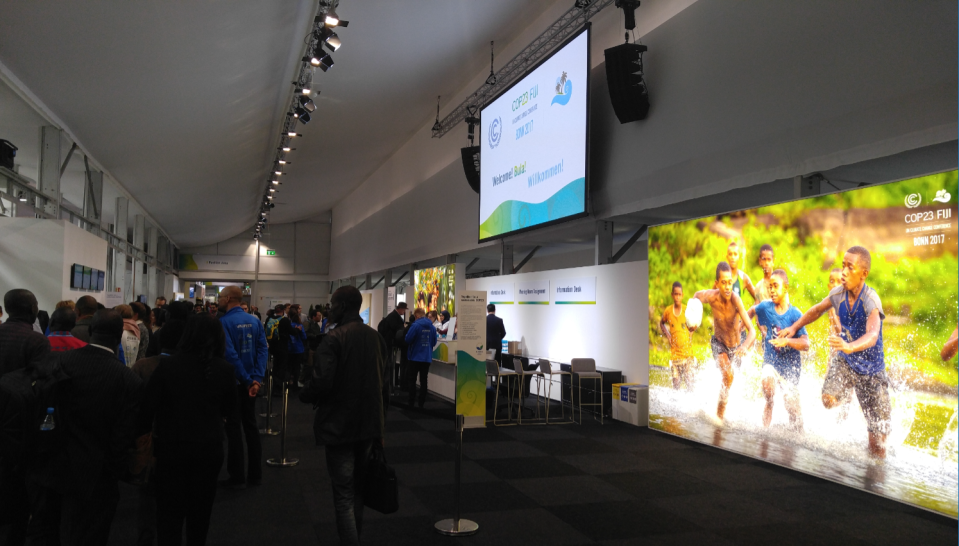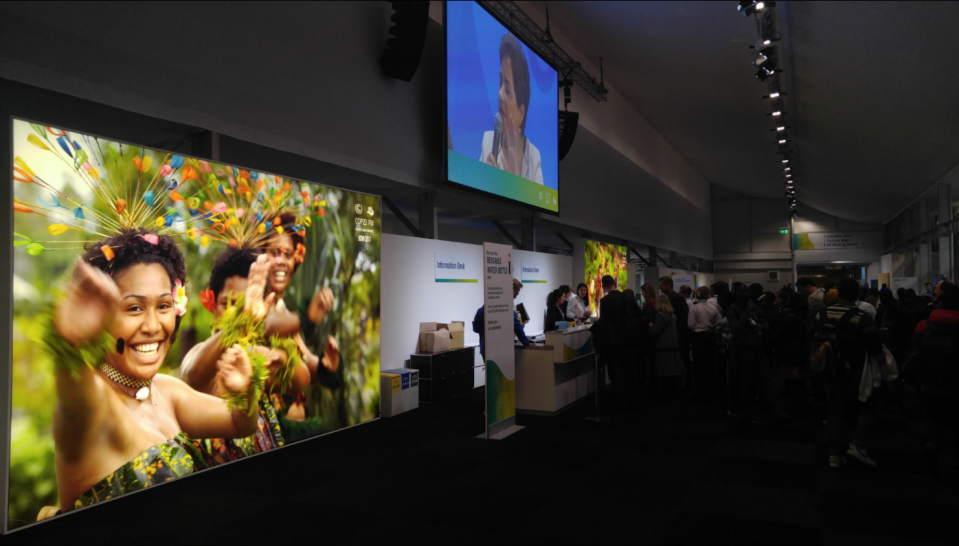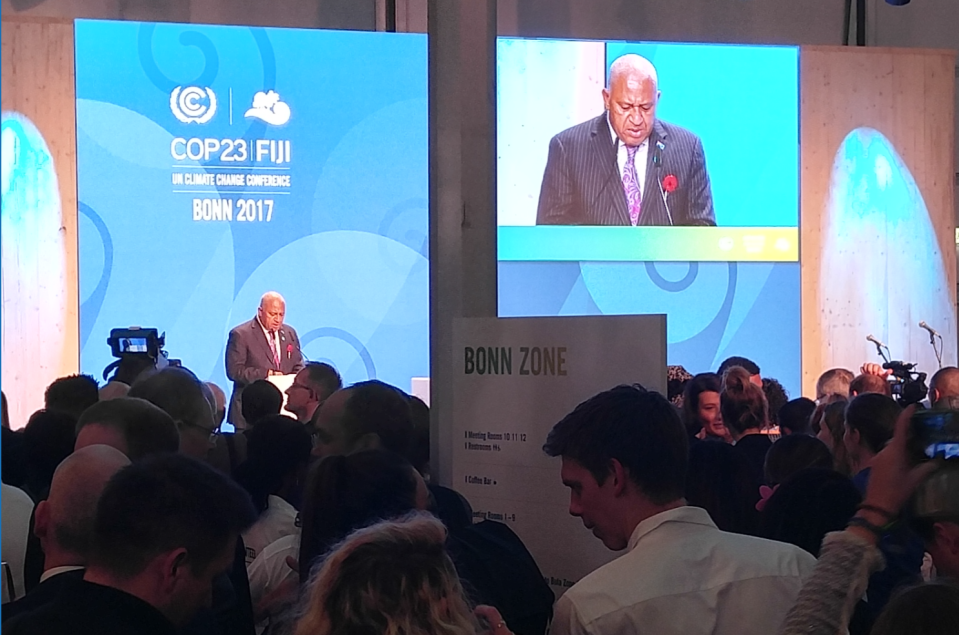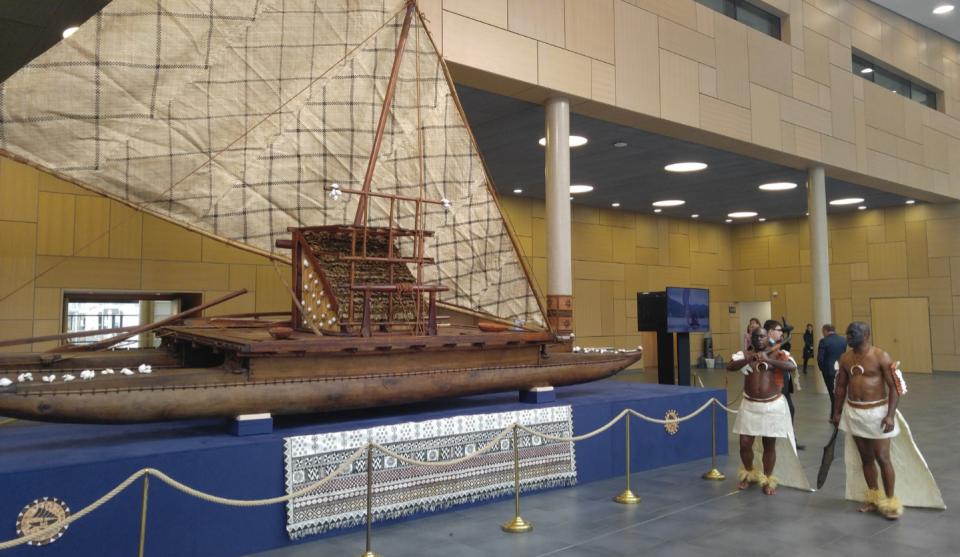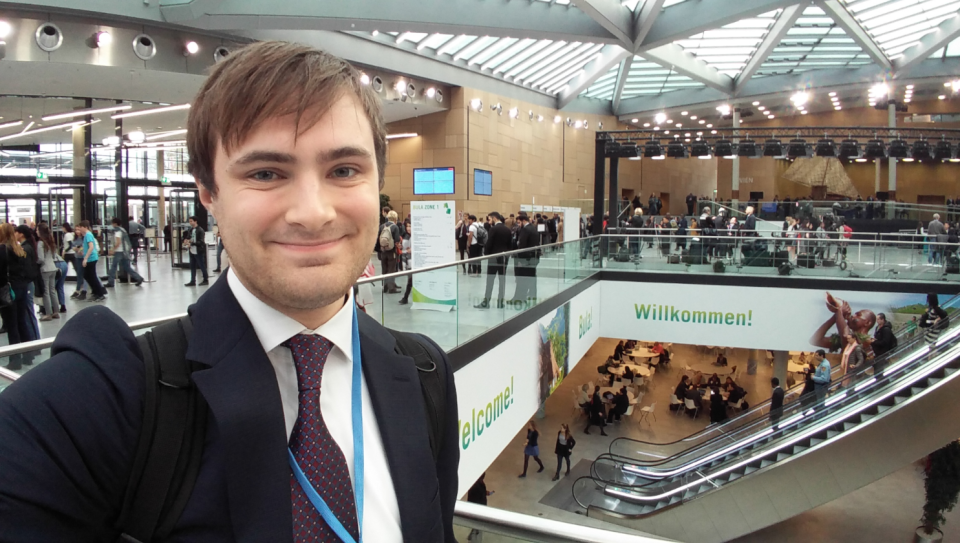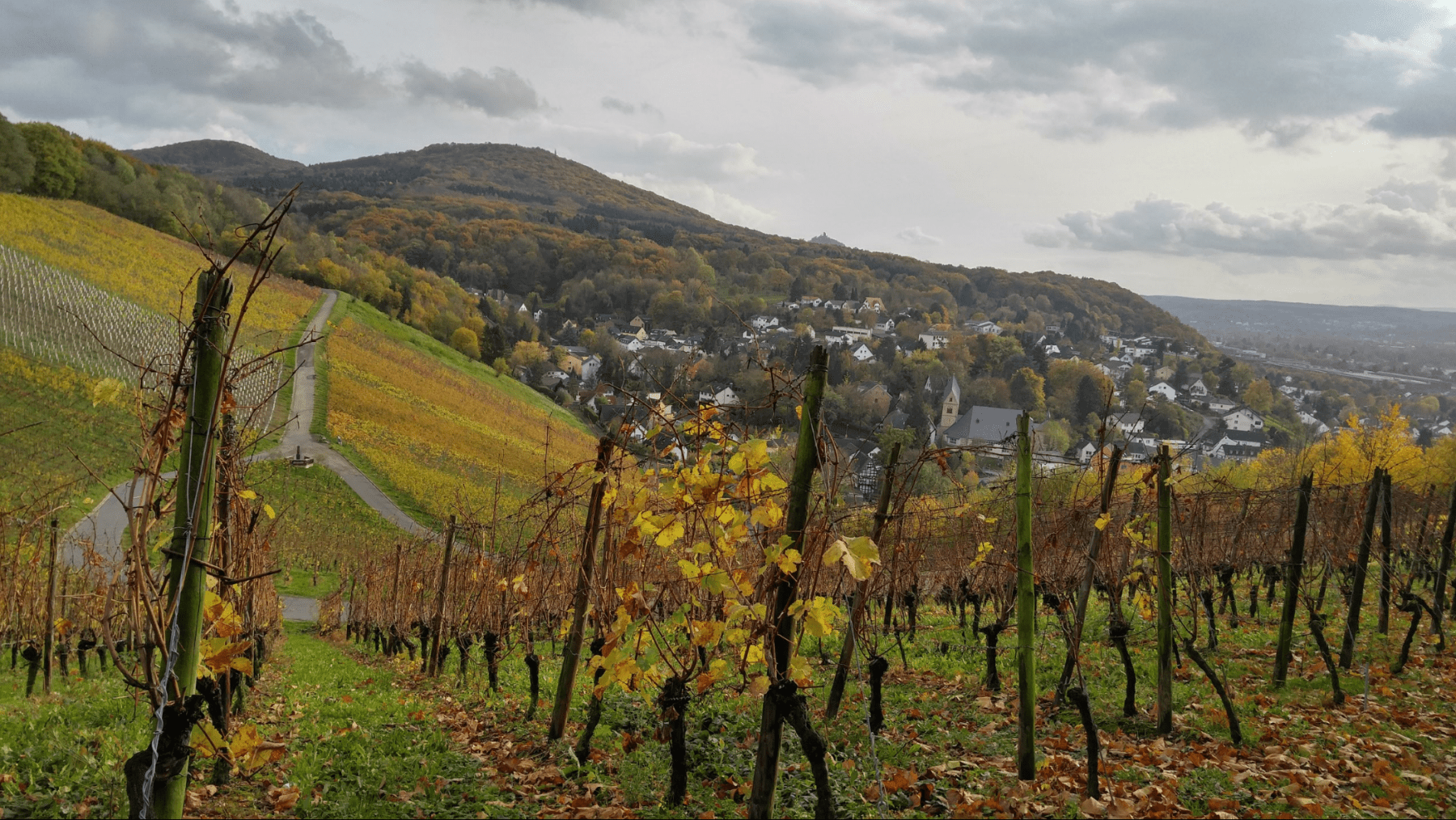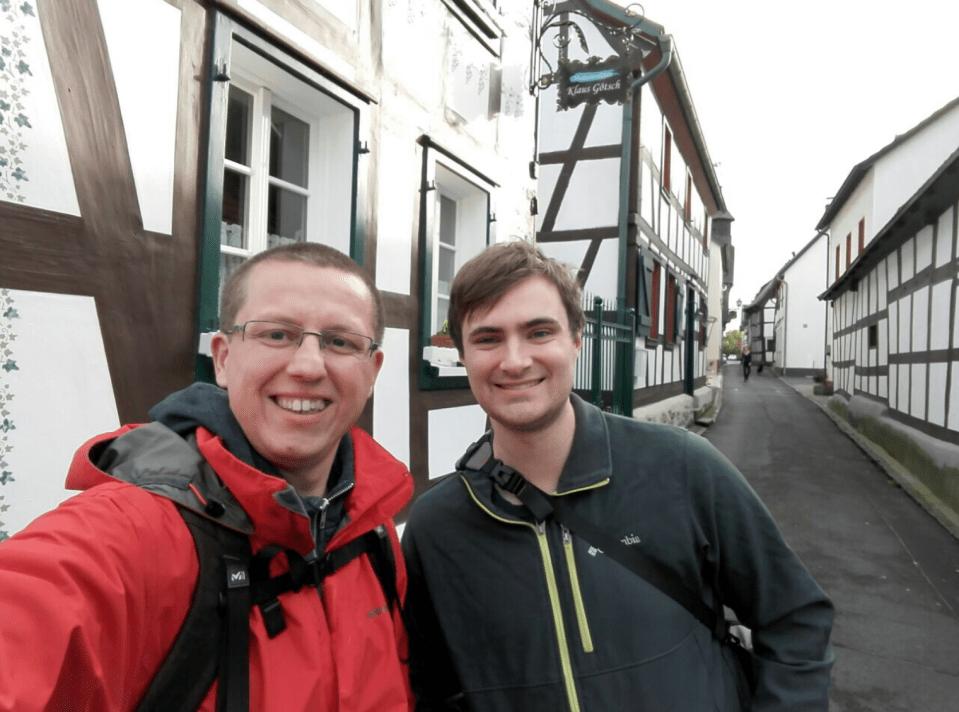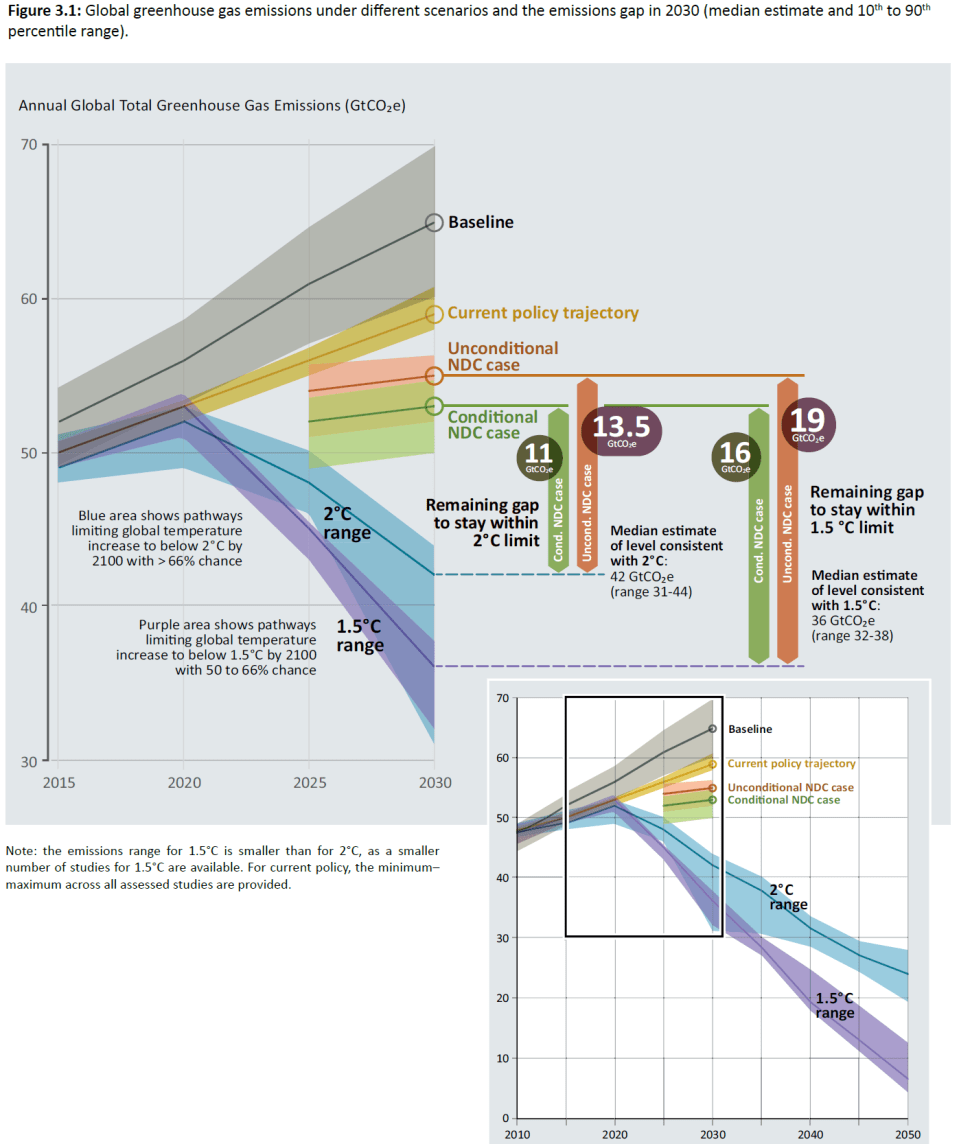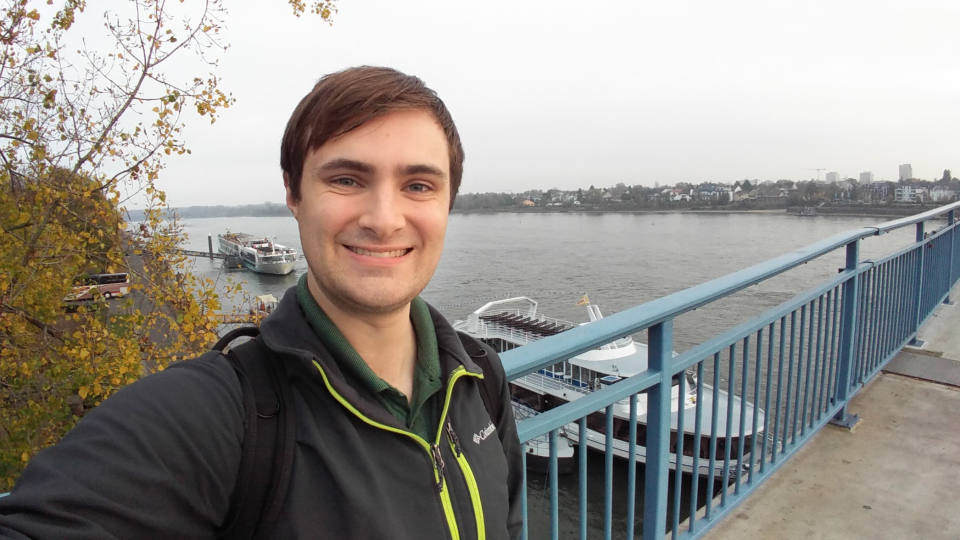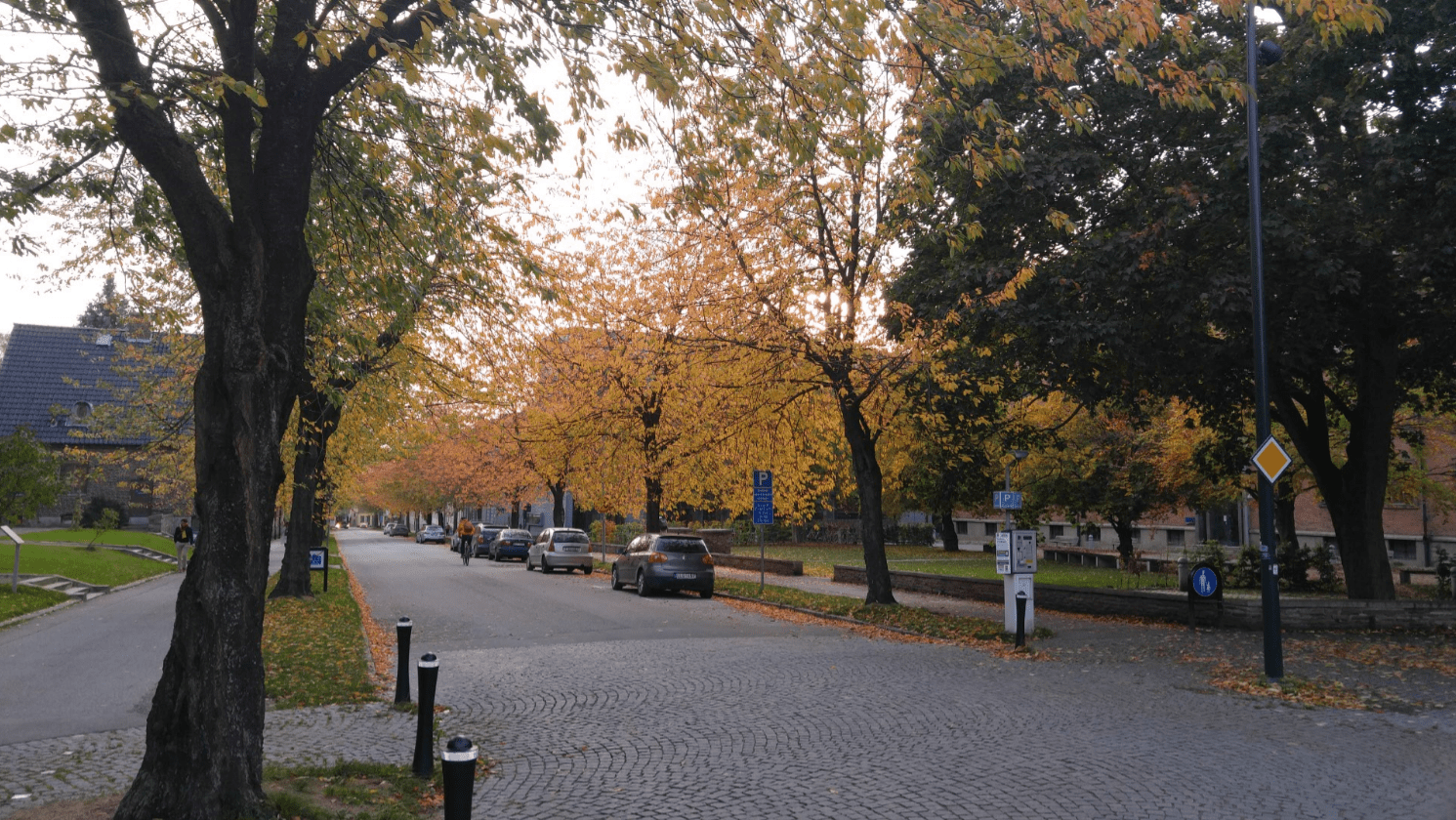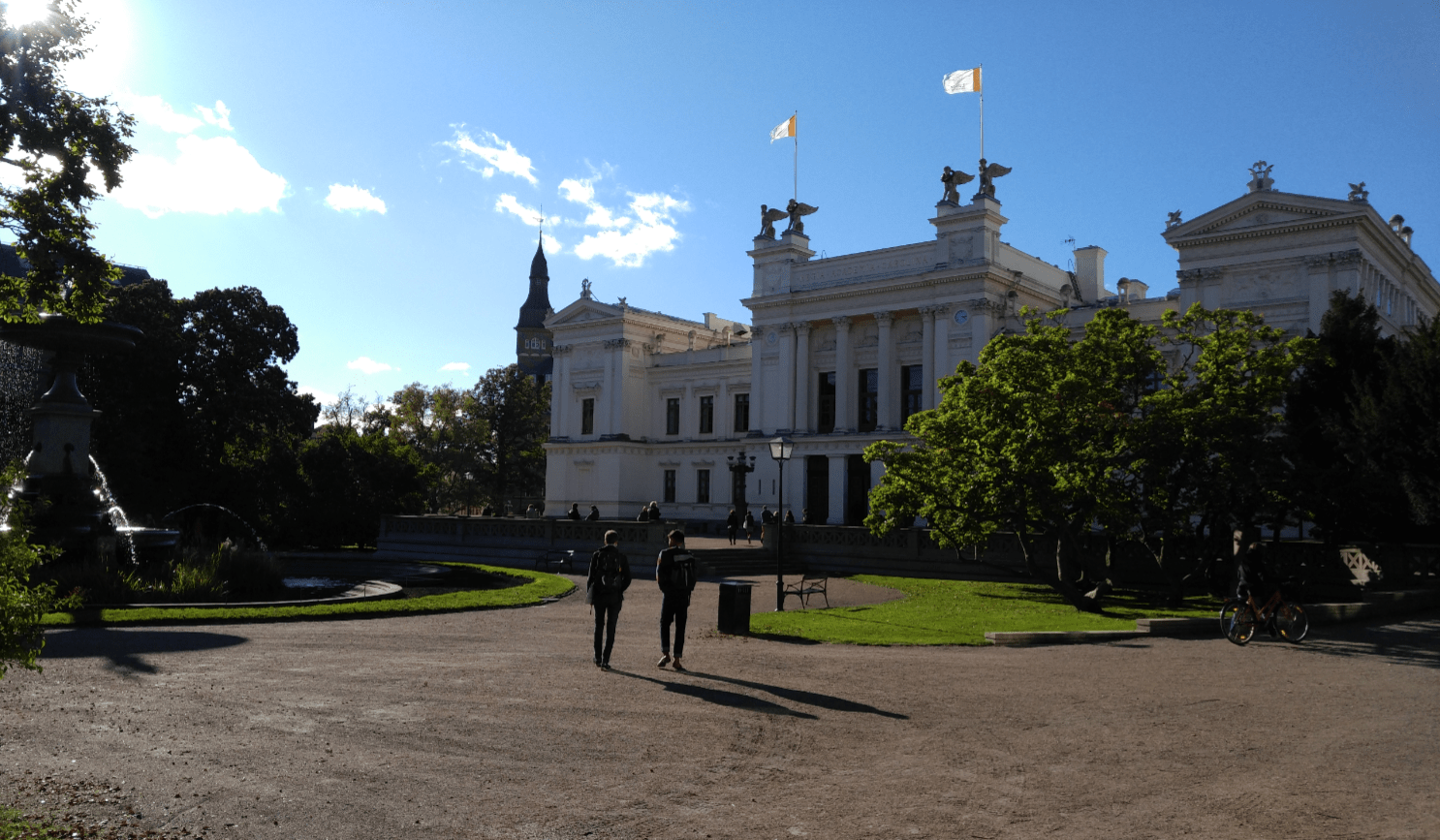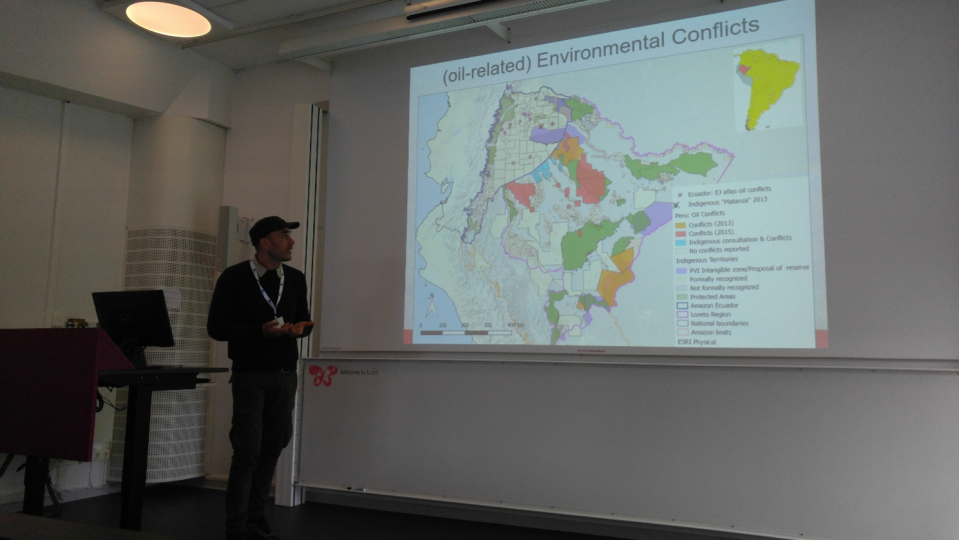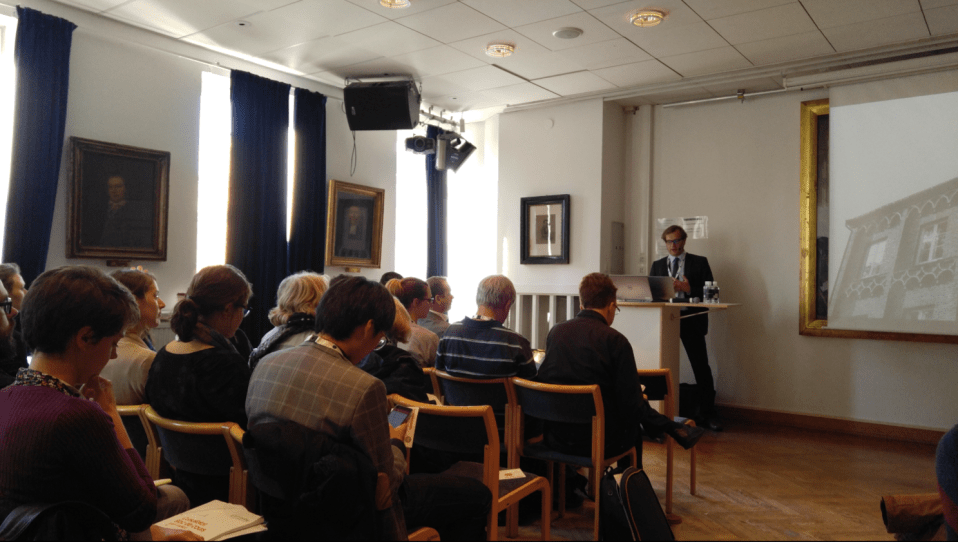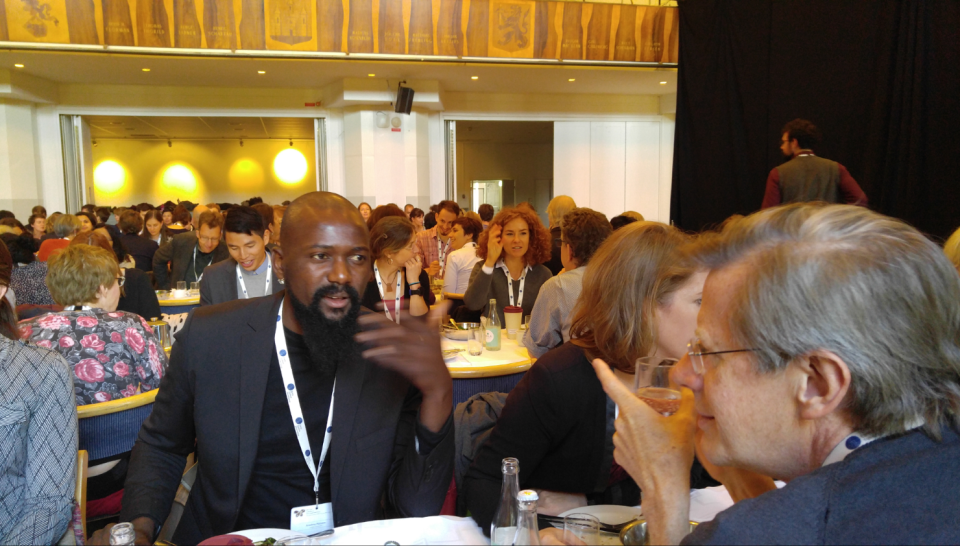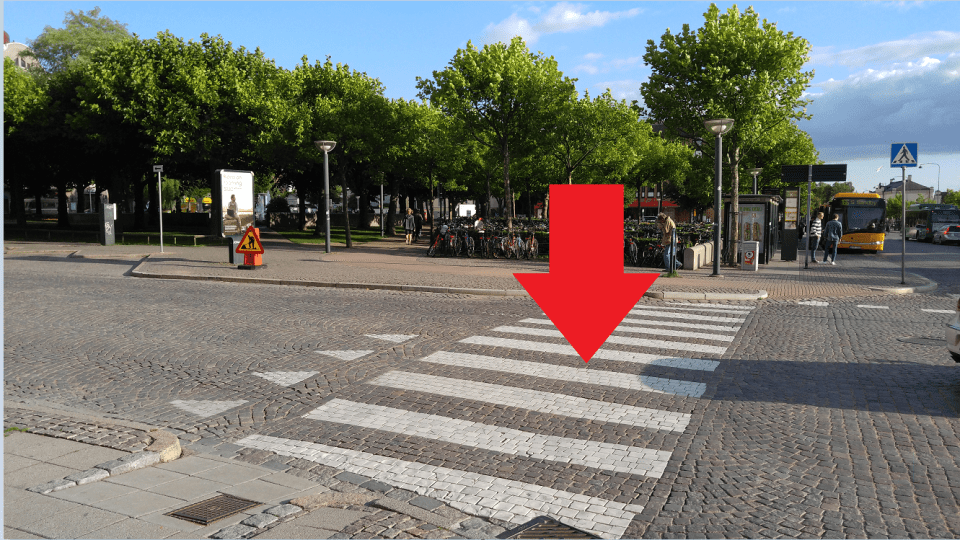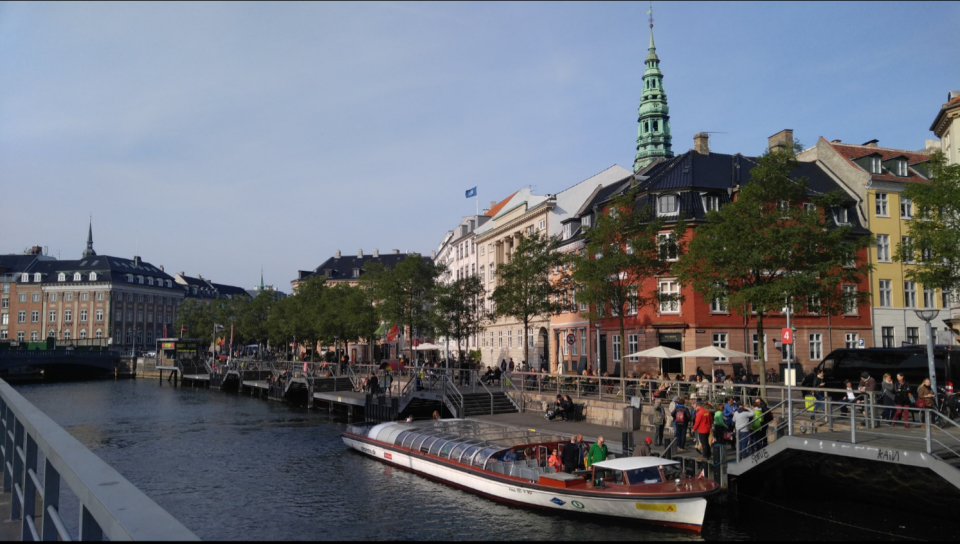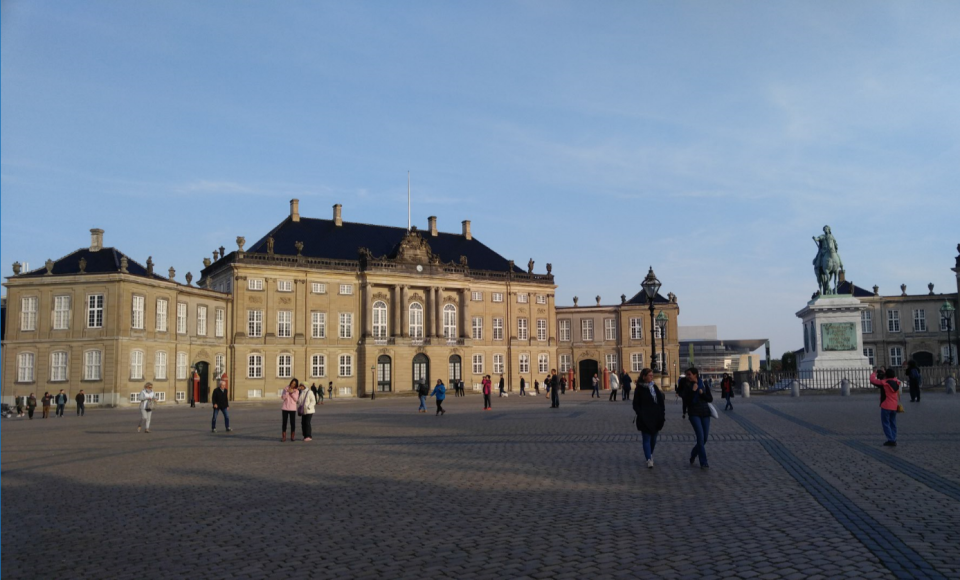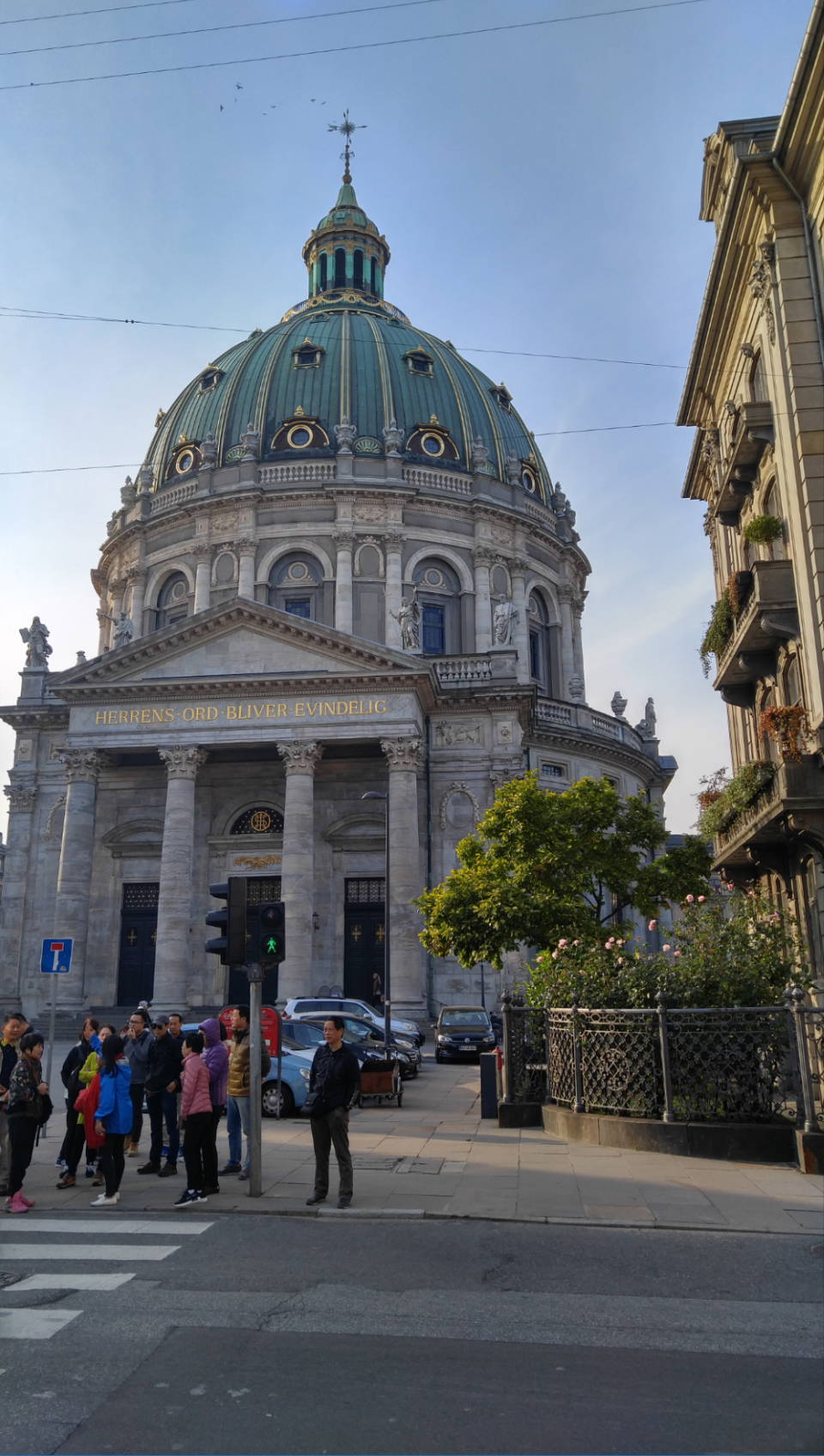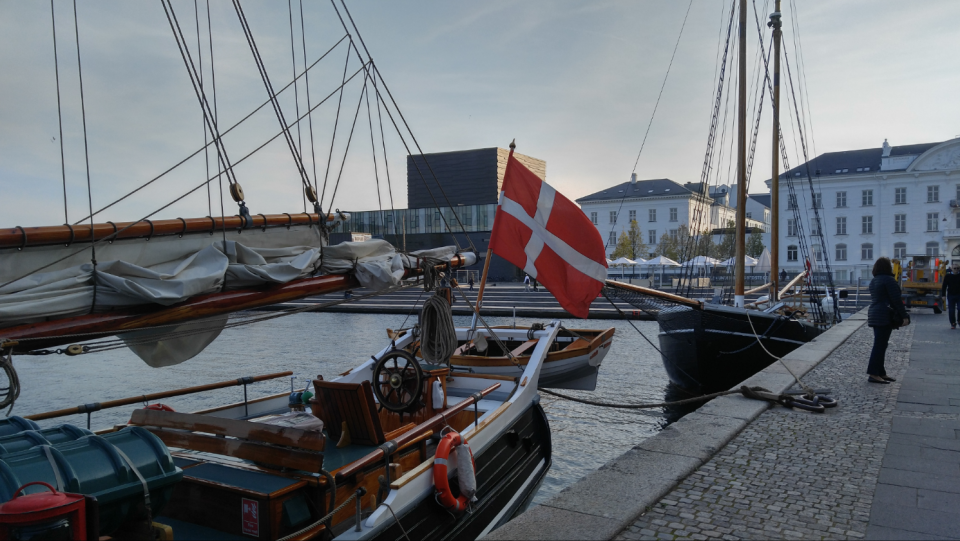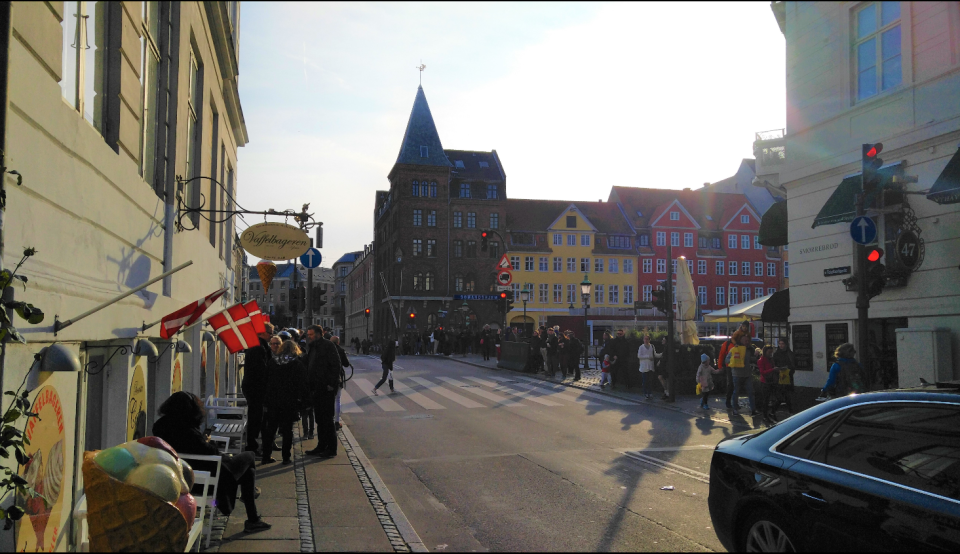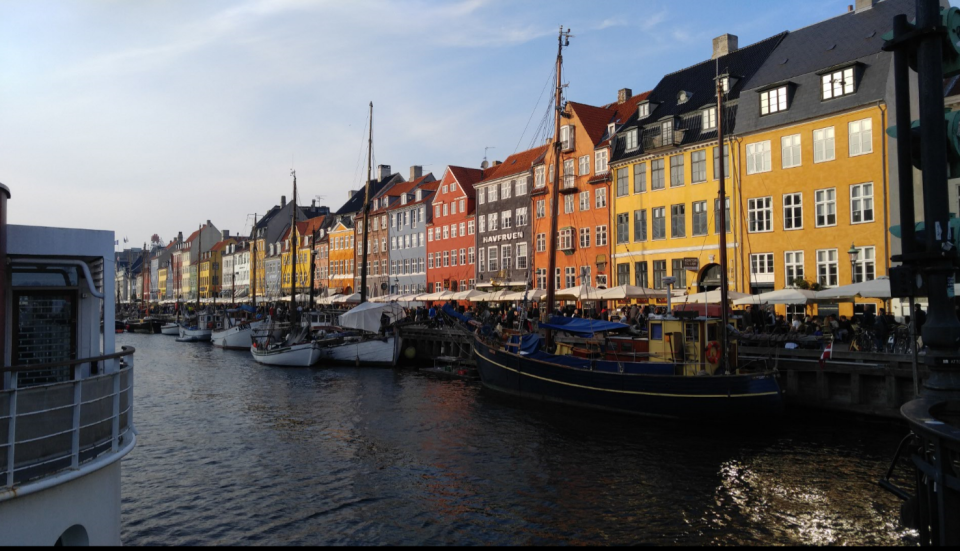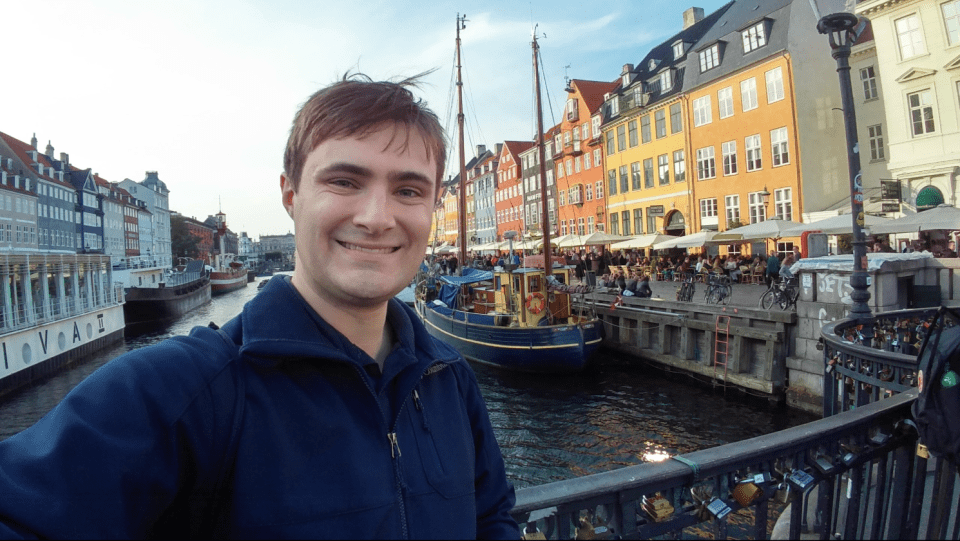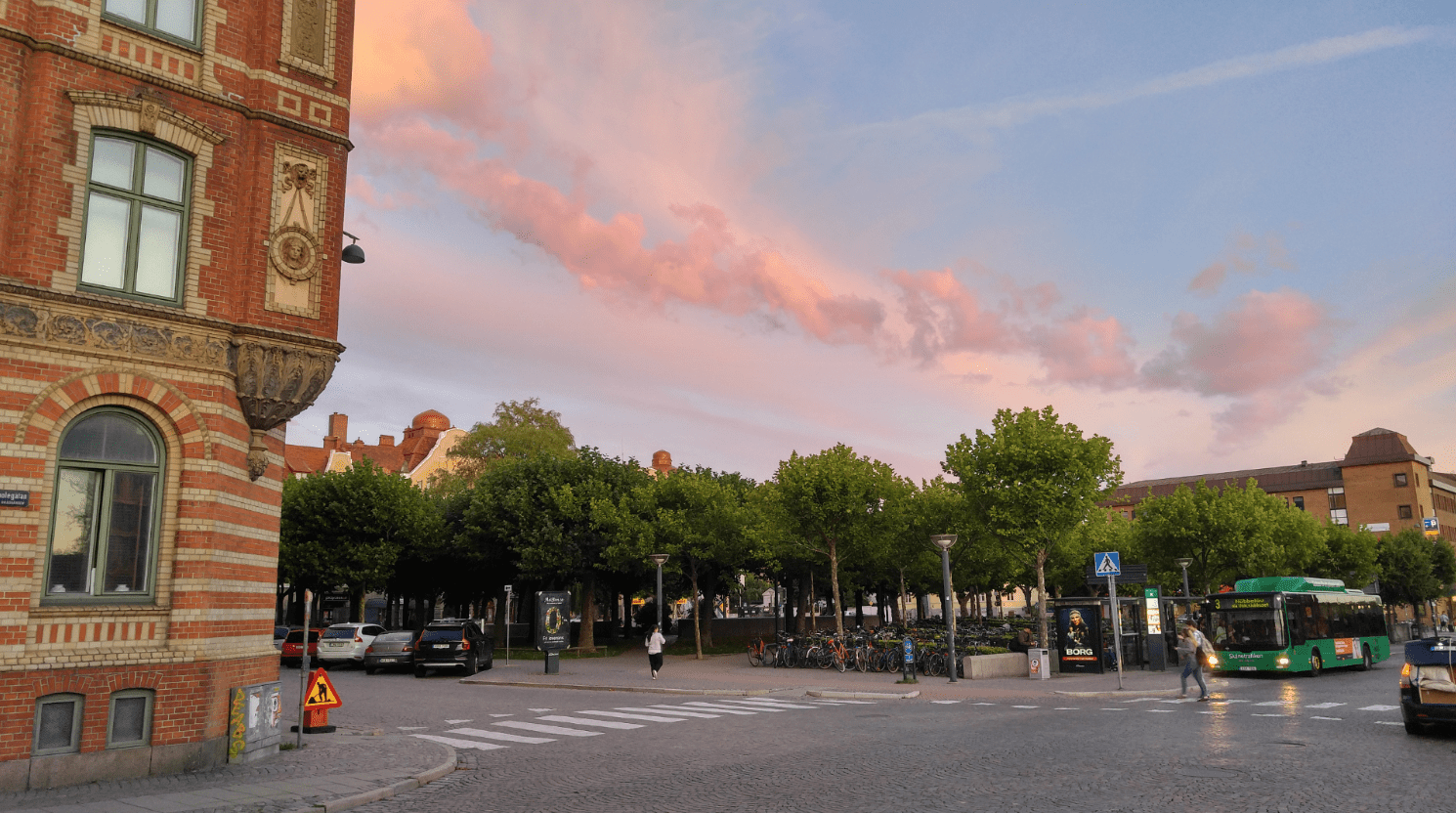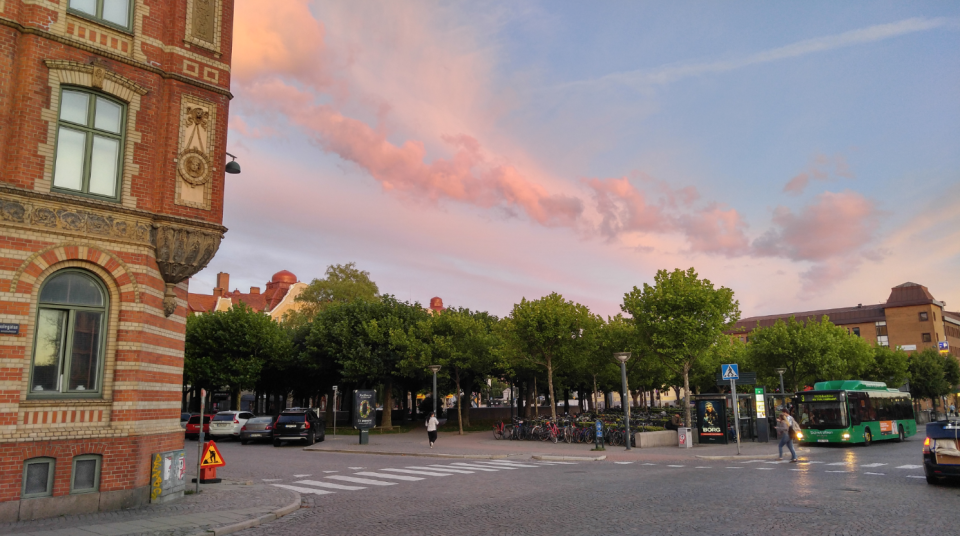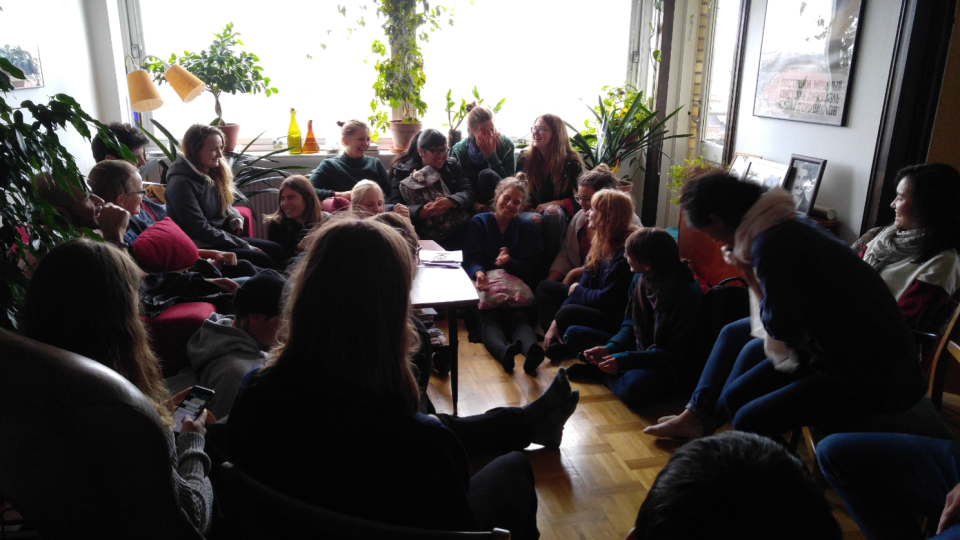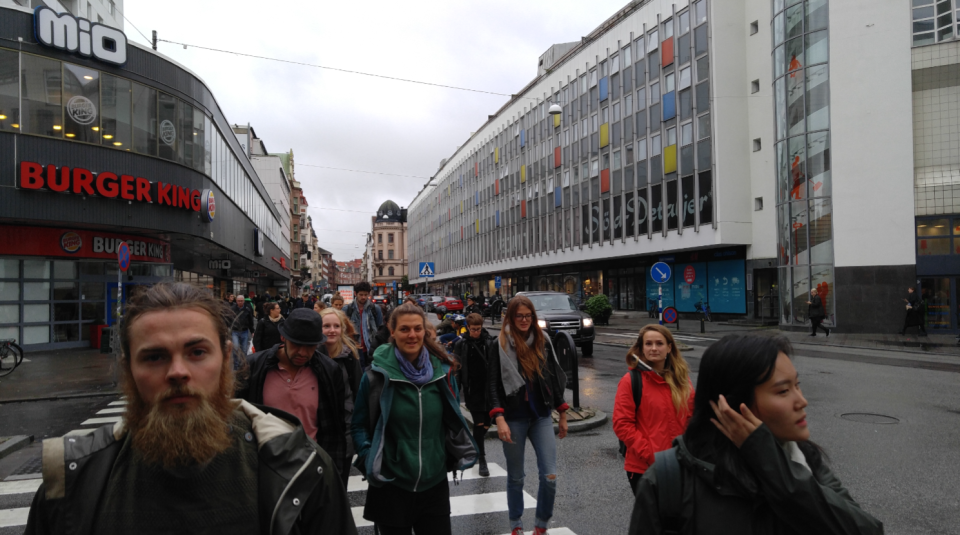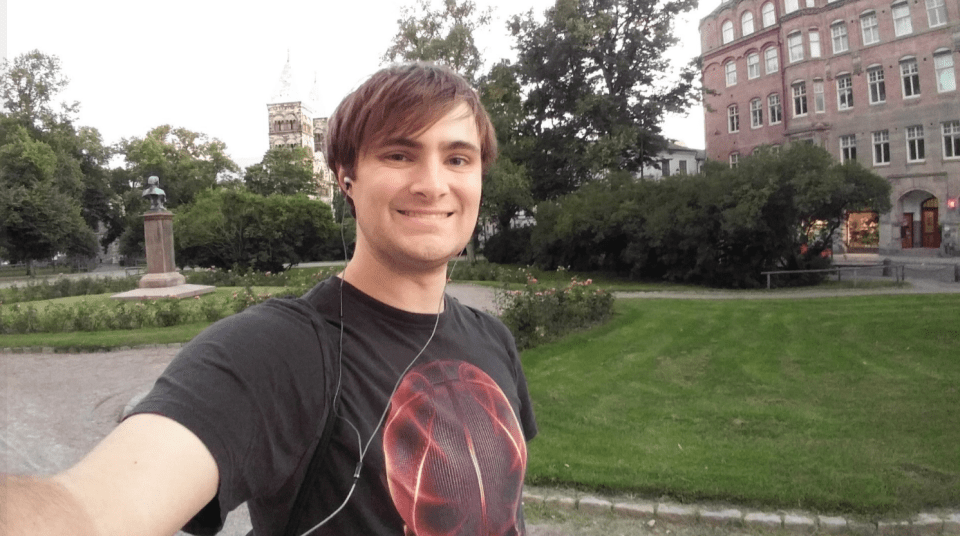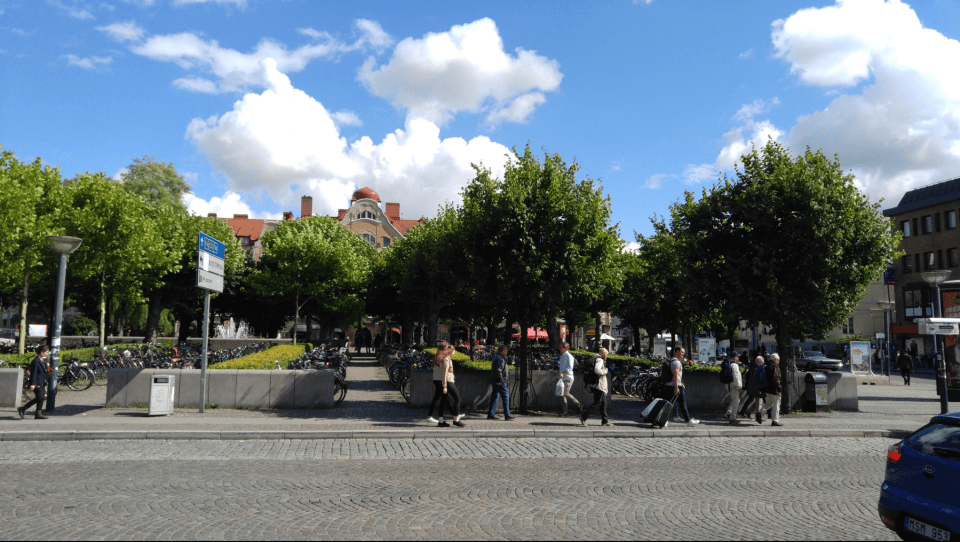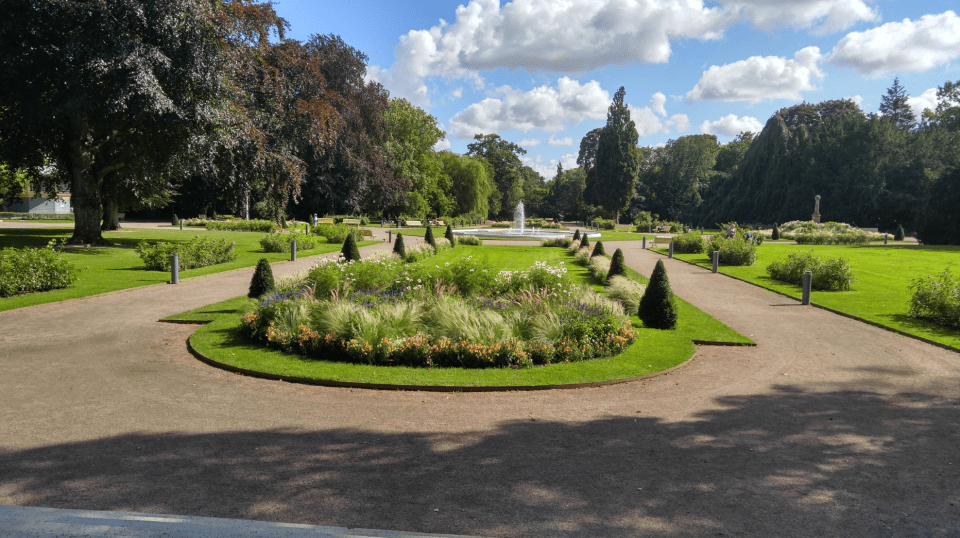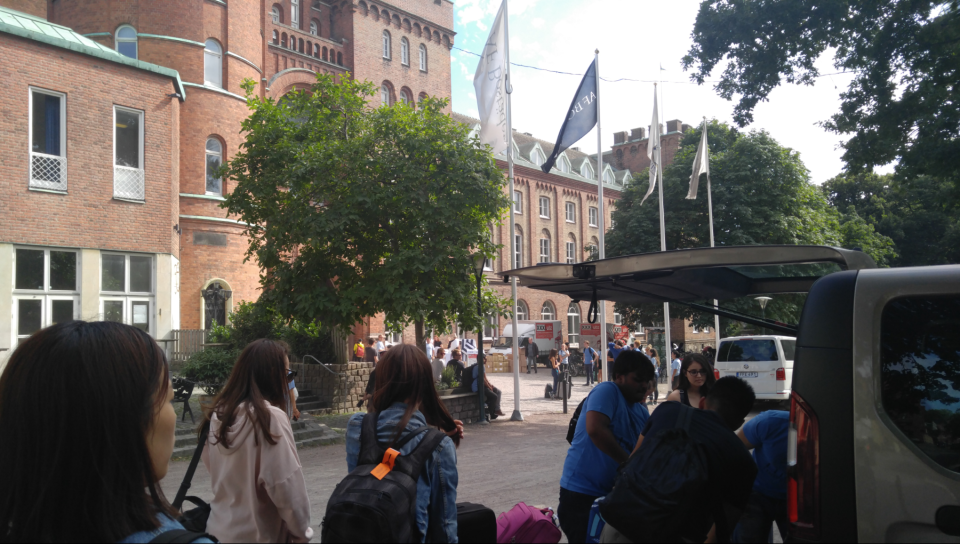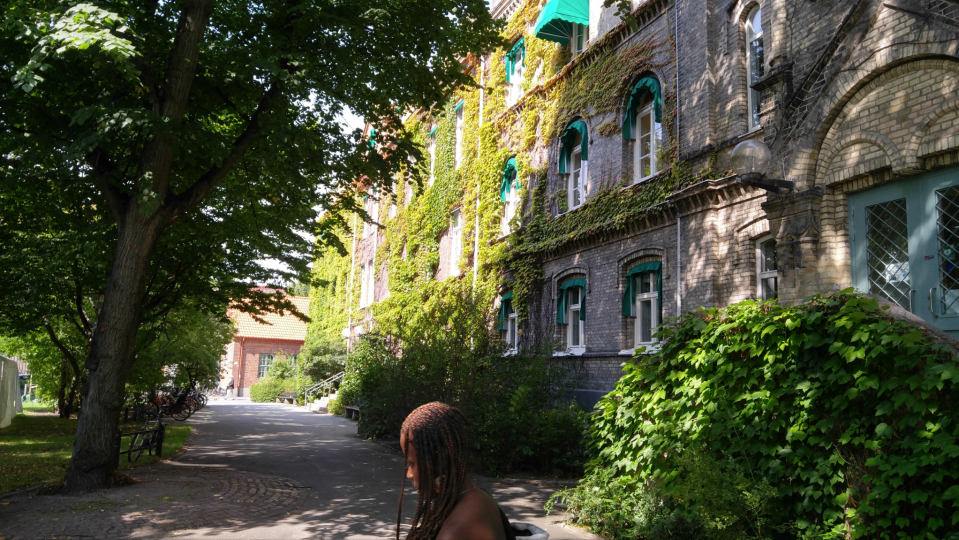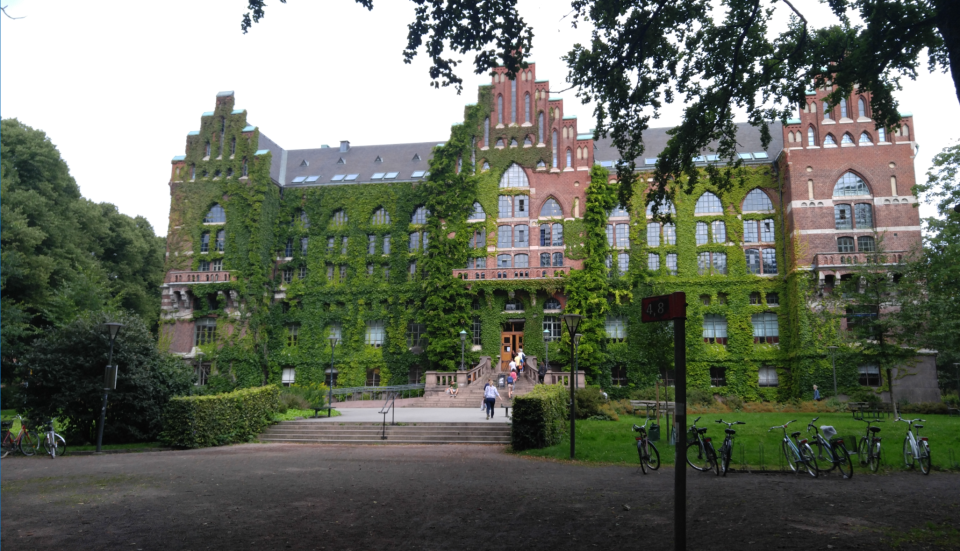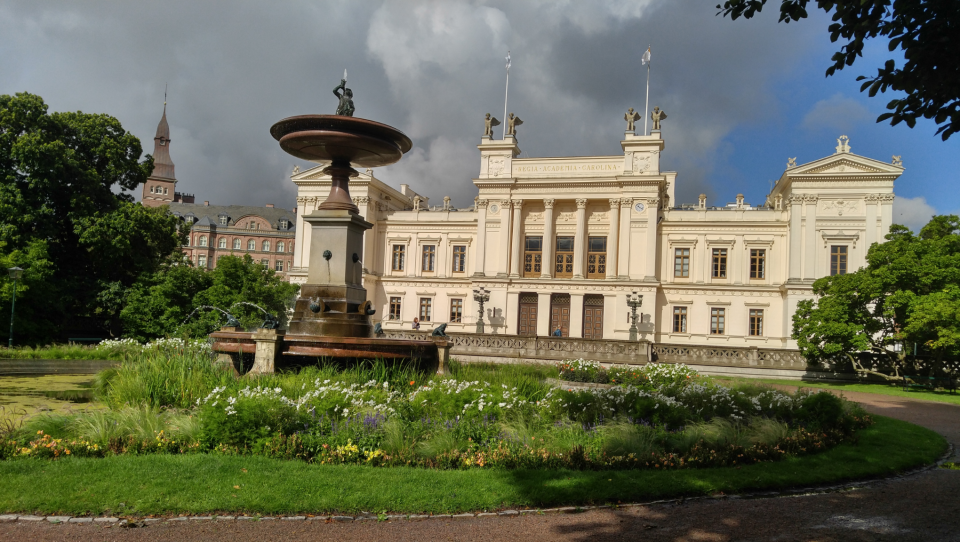When I was 19, I created this blog in the hopes that writing about my travels and my impressions about the world would inspire others to pursue their dreams and use their talents to fight for justice. I hoped that the questions I posed myself and the insights I gained might be worthy of a broader audience. I still hold on to that hope.
On the eve of my 23rd birthday, I find myself afraid to explore my thoughts and ask questions on this blog. This is for several reasons: First, over the past few years I’ve received several comments and emails calling me “un-American” or hinting that my ideas are wrong or dangerous. As a result, I’ve been left to question whether or not it is worth sharing my thoughts at all. Second, I’ve grown confused about why I maintain this blog. Is it to keep my family and friends apprised of my travels? To promote social entrepreneurship? To just post my thoughts and random musings about the future? I’ve gone through stages where each of these things serve as my motivation for posting, but nowadays I just feel the blog’s purpose escapes me.
So I have been playing it safe. I post infrequently, and when I do, I often write about topics and ideas that don’t necessarily reflect my true thoughts. While caution about what one puts on the internet is always valid, my confusion over the purpose of this blog and my self-censureship have deeply compromised the blog’s viability. I feel I am at a crossroads: I need to figure out what I’m writing for, and fast, or else consider shutting the blog down.
While part of why I write has always been to keep friends and family updated on my life, that wasn’t why I made this site in the first place. No. My real reason for writing is to spark reflection and debate over the solutions to the myriad social and environmental problems the world faces today. In many ways I feel I’ve successfully done that. At various points on this blog, I’ve written about:
- empowering untouchables in India through education, microfinance, and political action,
- the work of social entrepreneurs in Haiti to deliver sanitation and employment after the 2010 earthquake,
- critical development theory and social entrepreneurship in Cameroon,
- the environmental justice movement in the US,
- getting psyched about Bernie Sanders’ vision for the future of America,
- attending COP 23 on climate change in Bonn, Germany,
- and much more.
As I’ve matured intellectually and reflected on these experiences, my understanding of society’s problems and how to resolve them have evolved as well. I want to take this moment to reflect on the journey that has produced these insights, and to see how it might offer clues as to the new purpose of this blog moving forward.
My focus has shifted from the transformative potential embedded within social entrepreneurship to the need for political and governance solutions to climate change and environmental protection.
– – – – –
Initially when I arrived in college, unsure of how to leave my mark on the world, I decided to pursue a business degree to figure out how businesses thought and functioned. From the very beginning I wanted to figure out how to make businesses more ethical and responsible to their communities. I was familiar with the unscrupulous lengths many large corporations were willing to go to in the name of profits, including lying, cheating, stealing, and exploiting both people and the environment for monetary gain. My belief was that many of the social problems we faced (inequality, poverty, human rights abuses, environmental destruction) could be resolved if only we had more moral businesses, ones which, alongside the pursuit of profit, respected the rights of stakeholders, treated its employees well, protected the environment, and generated socially beneficial products. This seemed to me a basic bar for corporate social responsibility.
By approaching the subject of business social responsibility, I quickly stumbled onto the field of social entrepreneurship (thanks in no small part to the Opus Prize). I soaked up every bit of information I could get my hands on about the new ways of conducting business social entrepreneurs promoted. From microfinance organizations to Ashoka Fellows to B-Corps companies, the solutions the world needed most were being developed by social entrepreneurs! These included the leaders of groups like B-Lab, REBUILD Globally, and Janodayam, highlighted below:
I was lucky enough to personally meet dozens of social entrepreneurs at conferences and through research I conducted in Haiti and Cameroon, as well as contribute directly to the work being done by two incredible social entrepreneurs, Gollapalli Isreal in Chennai, India and Julie Columbino in Port-au-Prince, Haiti. Their work never ceases to inspire me, and I am proud to have gotten to know them both personally and to work alongside Julie professionally.
Alleviating poverty, providing parity of opportunity, creating jobs, remediating economic, social, and political inequality. That is what social entrepreneurship and socially responsible business can deliver. I still believe that today, despite having my academic interests shift away from social entrepreneurship in my junior year of college when I studied abroad.
In the fall of 2015, I travelled to the central African nation of Cameroon to study international development and sociology through the School for International Training. Over the course of my four months there, I conducted research into the potential for social entrepreneurship to serve as an alternative development paradigm to that of the Washington Consensus, and I found it to be a powerful idea that is already starting to take root in the country. But at the same time, my attention began to pivot in a different direction based on my experiences there. In addition to the problems of poverty, lack of opportunity, and inequality that I had witnessed in Haiti and India, I encountered three more problems that, at first glance, didn’t appear resolvable by social entrepreneurship. These problems were the following:
- Corporate Exploitation of Weak Governments: Multinational companies were exploiting the low wage requirements and lax environmental regulations/enforcement measures in Cameroon to extract natural resources (plants, timber, metals) for profit, leaving behind polluted and depleted ecosystems.
- Climate Change: Multinational companies were increasing their greenhouse gas emissions, while also converting carbon sinks such as forests and rich soil into commercial plantations and mines.
- Indigenous Rights Violations: The Cameroonian government was so desperate for foreign direct investment and tax revenue that they ignored claims by indigenous peoples to specific areas of land, selling the rights right out from under their feet to multinational companies. Local farmers were also at risk of losing their farms and their livelihoods under many of these arrangements.
All of these problems with the current mode of development were raised in our program, and we got to travel and speak to indigenous groups whose land had been sold out from under their feet, hear from experts on corporate accountability about the human rights and environmental abuses taking place across the country, and the importance a sustainable development model for Africa not based on fossil fuels or resource extraction. For an example of these three problems in action, take a look at the following videos about a proposed 70,000 hectare palm oil plantation in Southwest Cameroon operated by American-based Herakles Farms (videos 1 and 2 are from 2012 and 2016 respectively). Then, consider the testimony of Jeanne Noah, a local indigenous community leader in the South of Cameroon, talking about the theft of her community’s land and way of life by the government and a rubber company:
What I realize now, reflecting back, is that while social entrepreneurship and socially responsible business can indeed be used to alleviate poverty and increase access to opportunity, it is not a panacea.
Certain, more intangible problems such as land rights disputes, environmental protection, and climate change mitigation cannot be solved by businesses, no matter how big or responsible. These problems require government and regulatory authority to address. These governance problems were about setting and maintaining limits, while social enterprise and business problems were about expanding personal wealth and opportunity.
This insight set me on the path that I remain on to this day. After returning home from Cameroon, I began to investigate issues of governance more deeply, particularly governance related to climate change. Poverty, inequality, lack of access to basic goods and services like clean water and healthcare… all of these things were largely solvable through social entrepreneurship and corporate social responsibility. But climate change and environmental protection, on the other hand… those were problems that required setting and maintaining limits on natural resource extraction and pollution, and which required political solutions.
Governance problems are about setting and maintaining limits, while social enterprise and business problems are about expanding personal wealth and opportunity.
Not only that, but climate change was fundamental for protecting the gains that have been made on all the problems social enterprise and socially responsible business have been resolving. Poverty and inequality? A more arid climate would result in major crop failures around the world, sending subsistence farmers into destitution and millions of climate refugees fleeing increasingly inhospitable regions of the world searching for better opportunities. Most would be treated as outsiders in more stable countries, made to feel unwelcome and uncared for. Clean water? Droughts could lead to water scarcity and social conflict like we’re likely to see occur in Cape Town in the coming months. Health? With the loss of biodiversity due to ecosystem collapse, the world would lose a wide variety of medicinal plants used for treating a wide variety of ailments.
Climate change and environmental protection are the great unifying challenges of our time, and they are fundamentally governance issues: they require setting limits on the amount of greenhouse gases that could be burned, the amount of natural resources that can be extracted, and the investment of trillions in public and private funds to retrofit existing infrastructure, energy grids and public spaces to cope with the realities of a warming world.
Social entrepreneurship and socially responsible businesses will be just as important, if not more so, in the decades ahead for securing public and private welfare and reducing inequality of opportunity, but they depend on the assumption that effective political solutions can and will be achieved as well.
– – – – –
I realize now that the purpose of my blog needs to be updated to track with my growth and development. My focus has shifted from the transformative potential of social entrepreneurship and socially responsible businesses to the need for political and governance solutions to climate change and environmental protection.
My ultimate goal remains the same: to inspire others to pursue their dreams and use their talents to fight for justice. Its just that my notion of what needs our attention has shifted and grown more encompassing.
With that in mind, my purpose for writing and the goal for this blog are twofold:
- To illuminate the need for political solutions to climate change and environmental protection, and
- To call attention to the ways such political solutions could be designed, advocated for, and implemented.
I look forward to this next chapter of my journey, and I invite you to join me here as we explore the political solutions required to address this unfolding crisis.

– – – – –
Thanks for visiting aarondanowski.com! Leave you comments below, and be sure to stay up to date on my travels by clicking on the “Following” button on the right hand side of your page.
